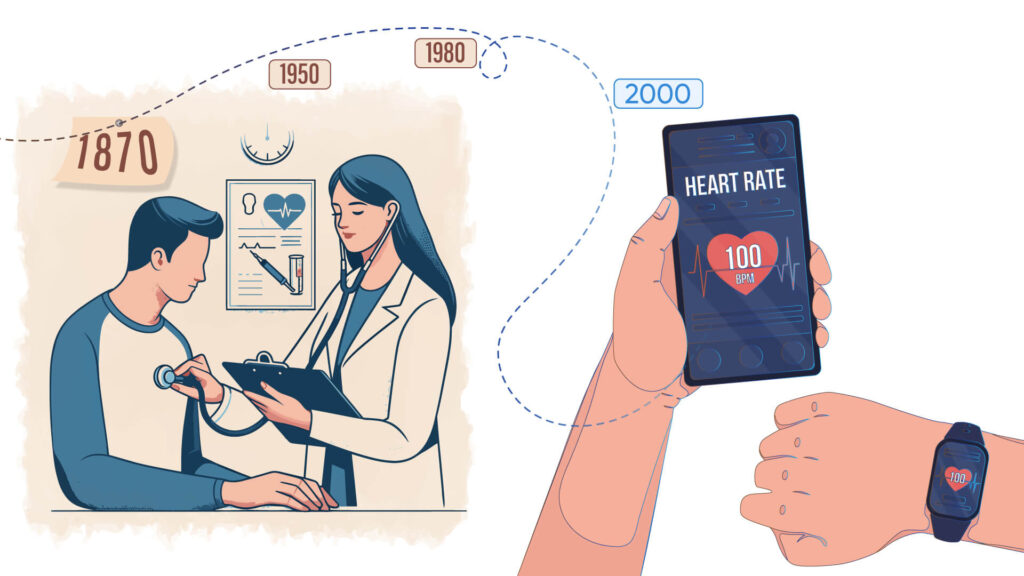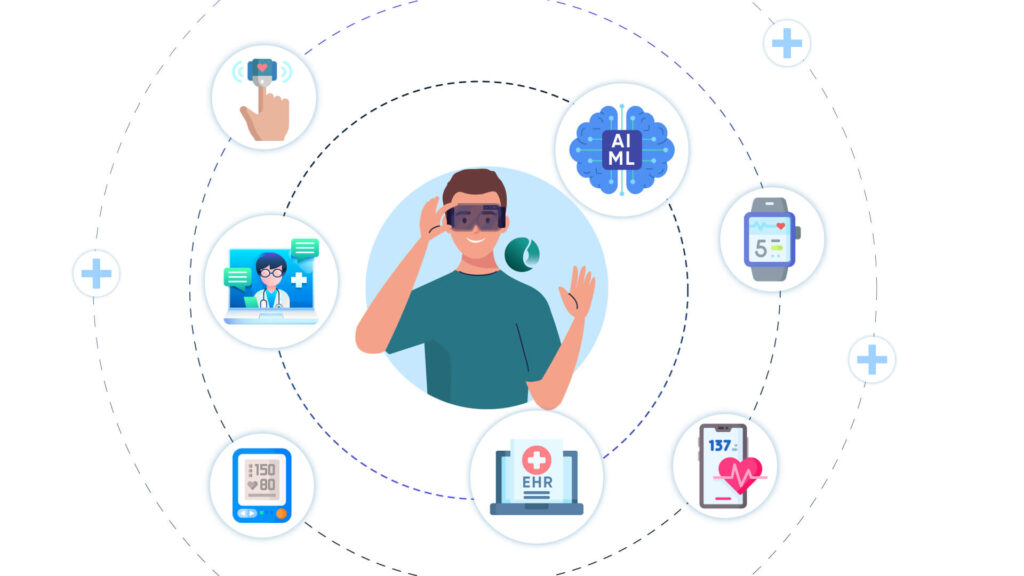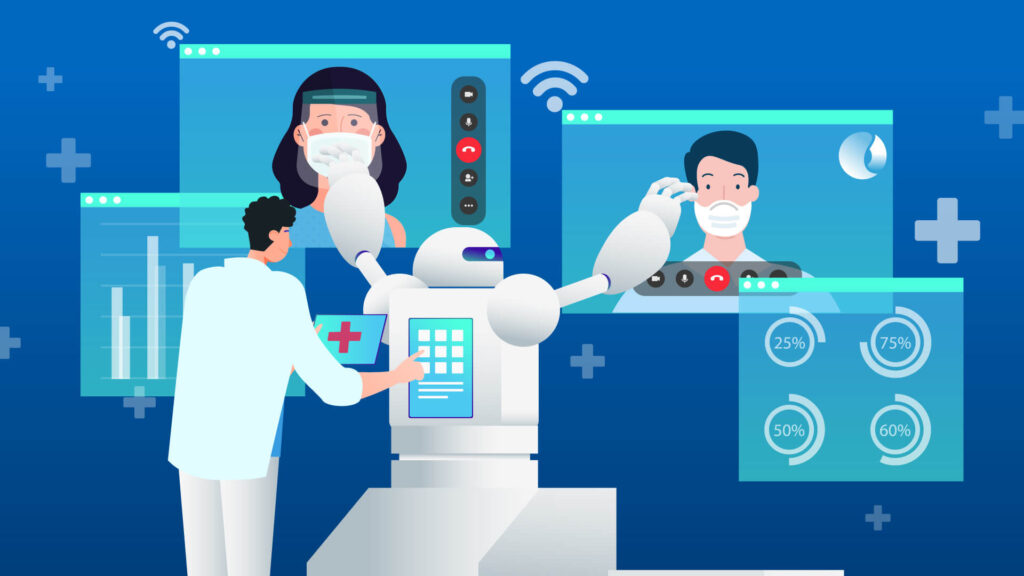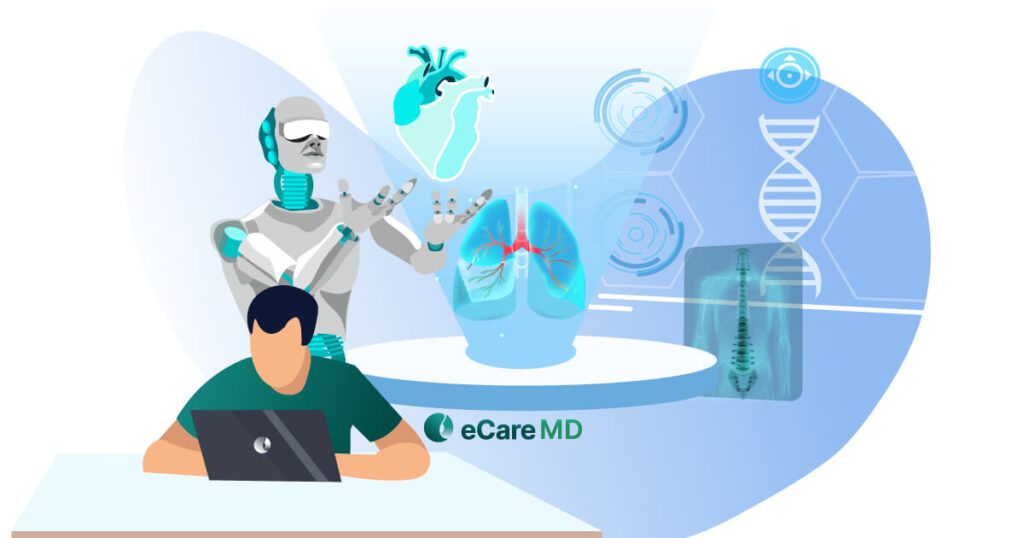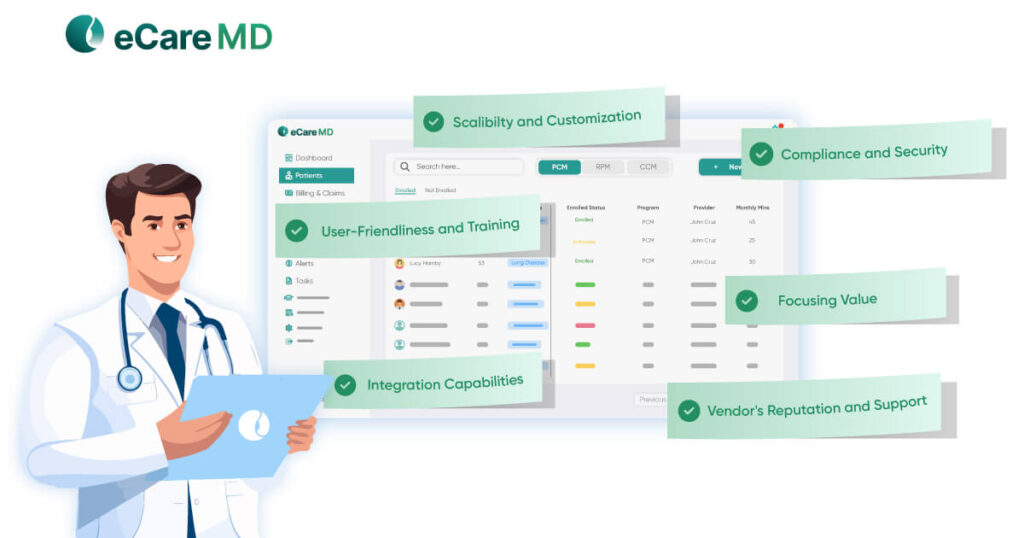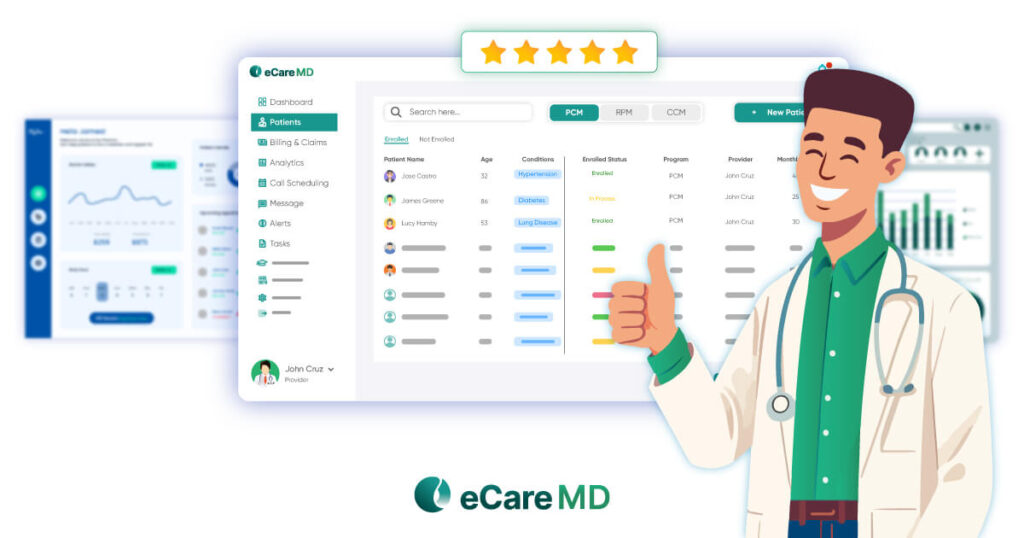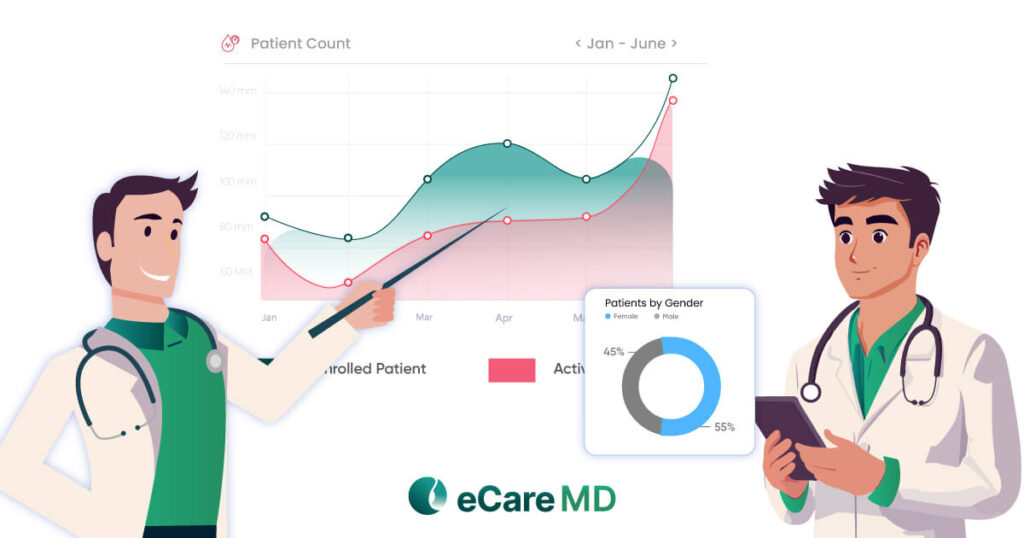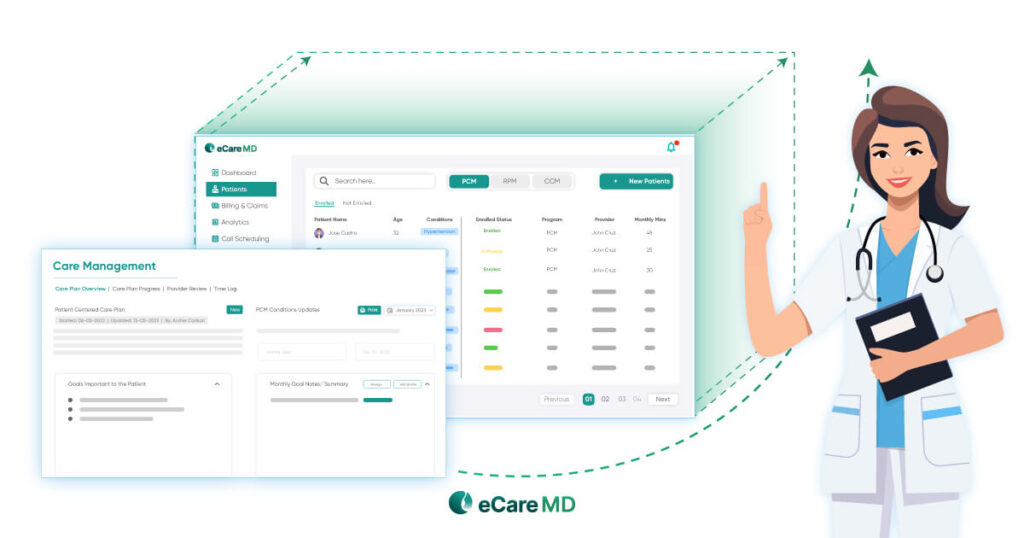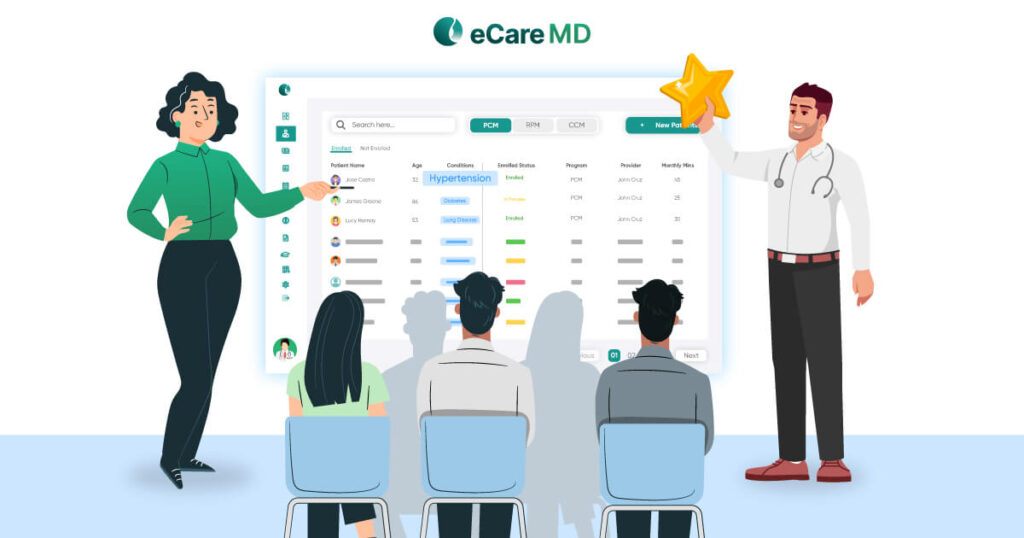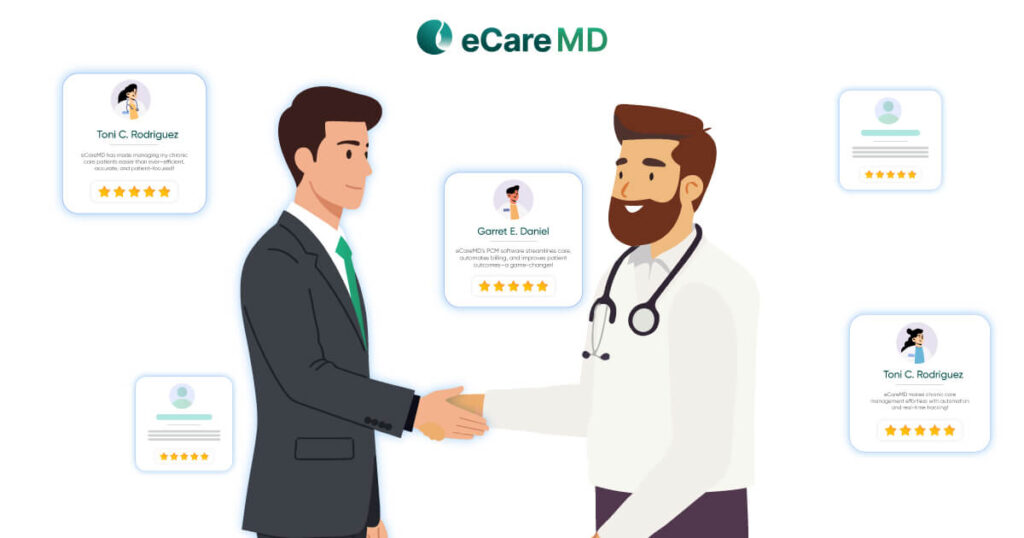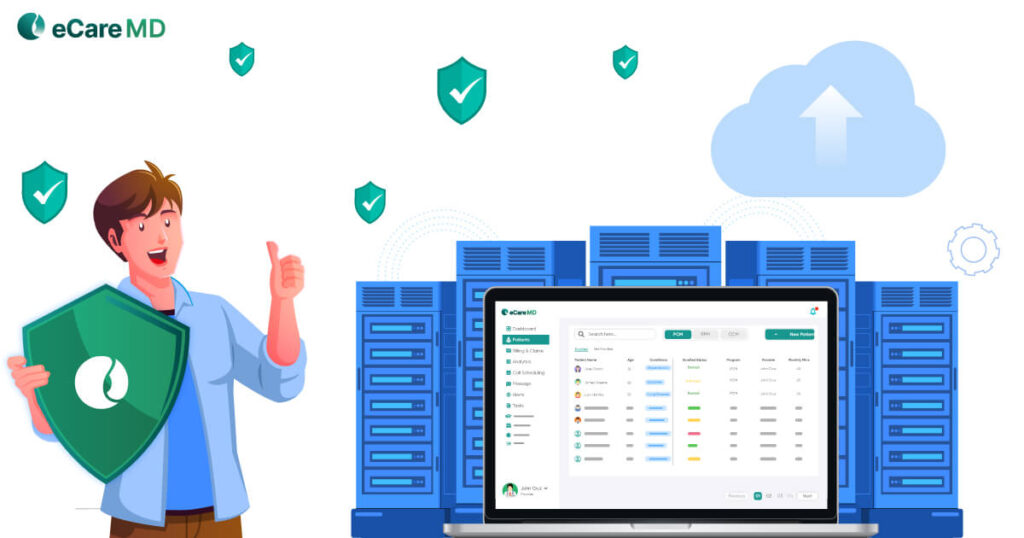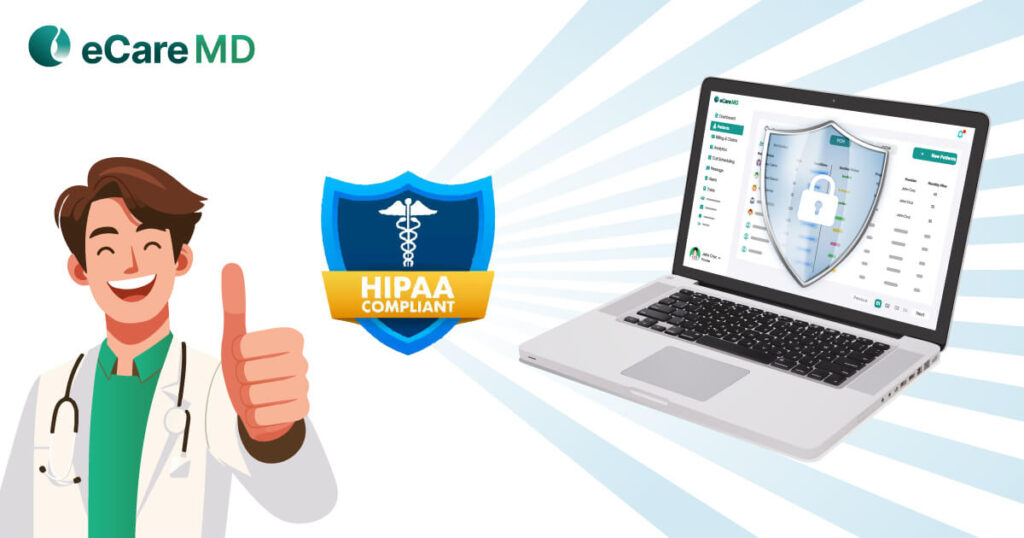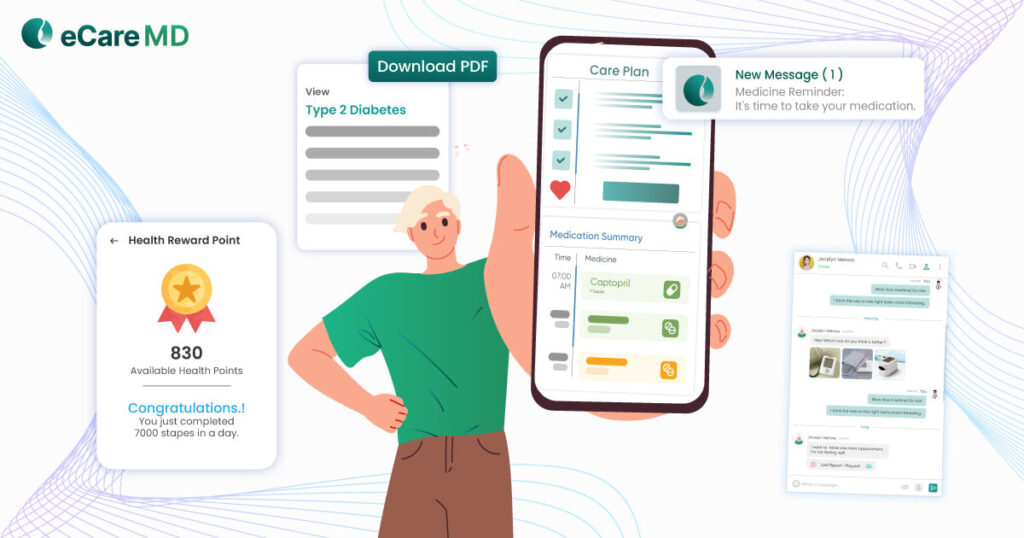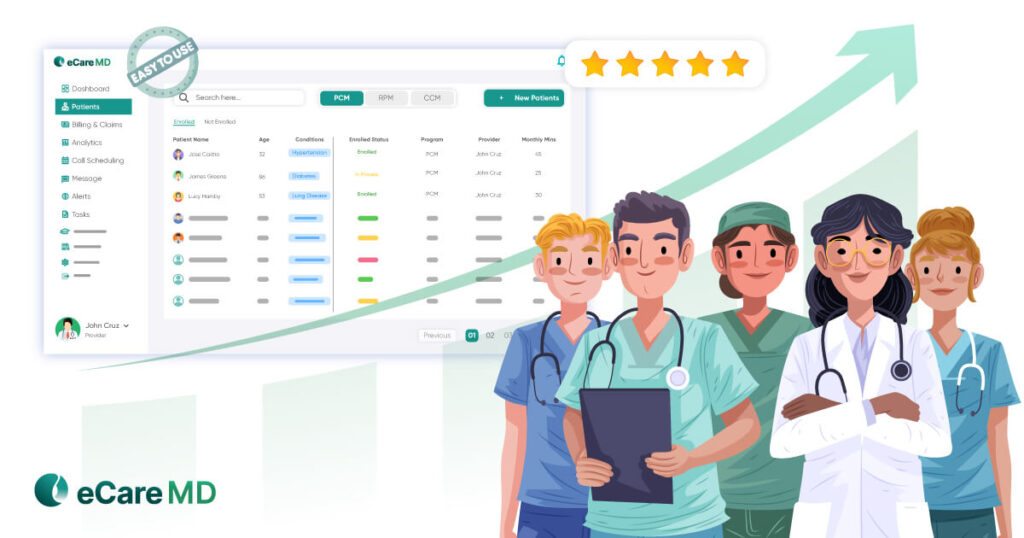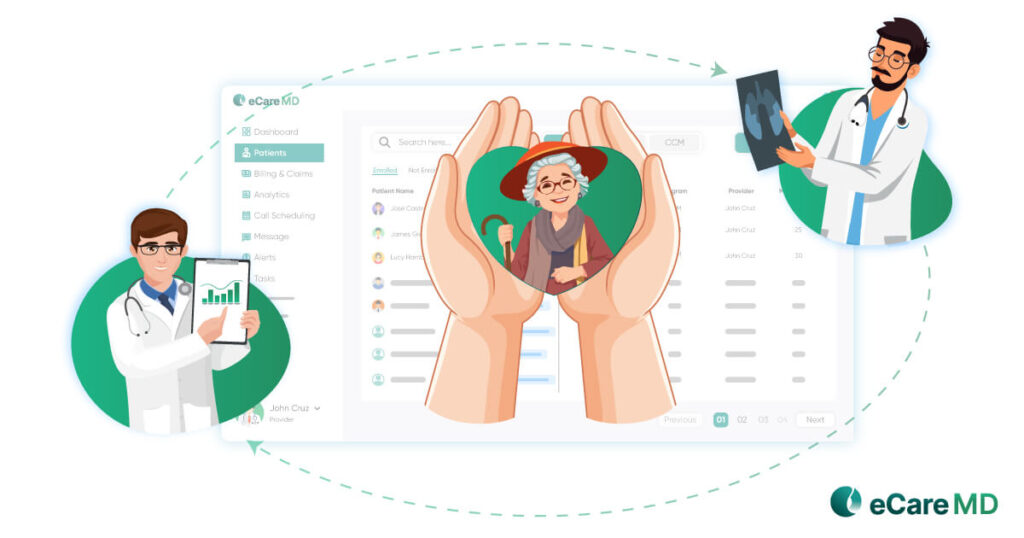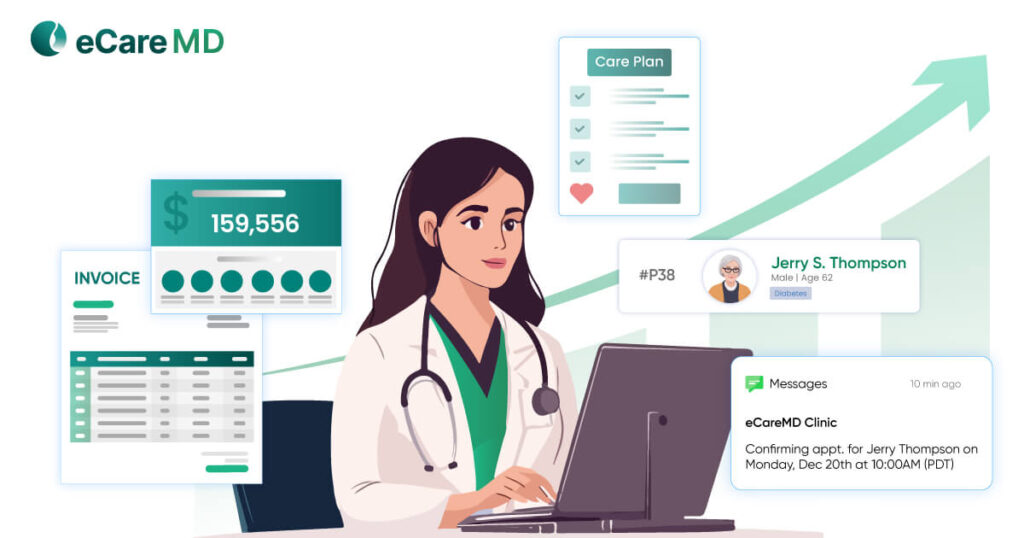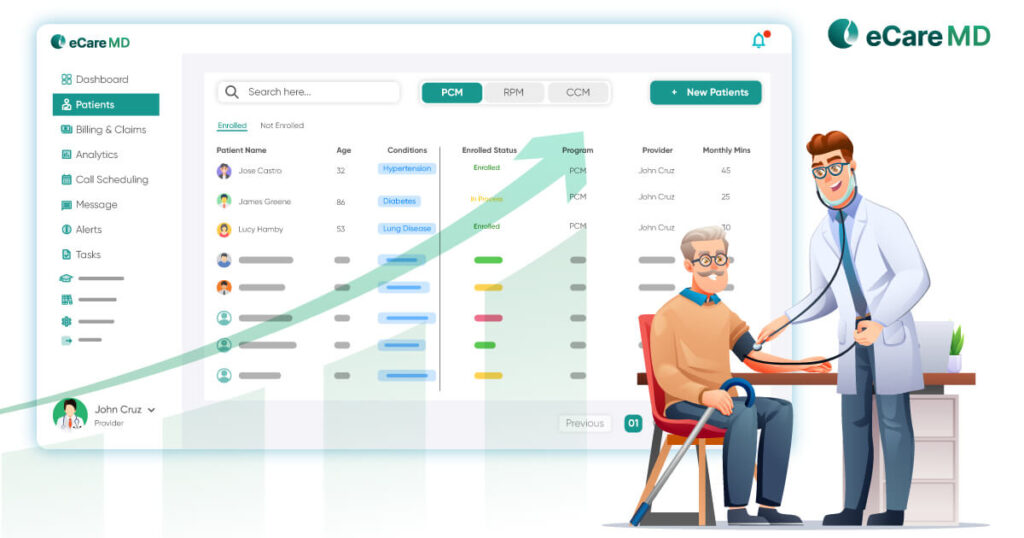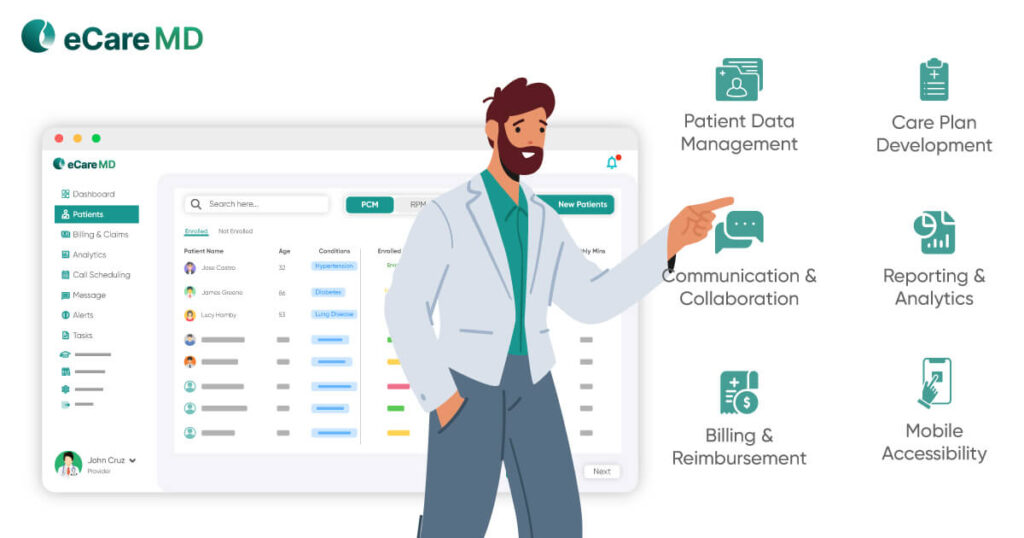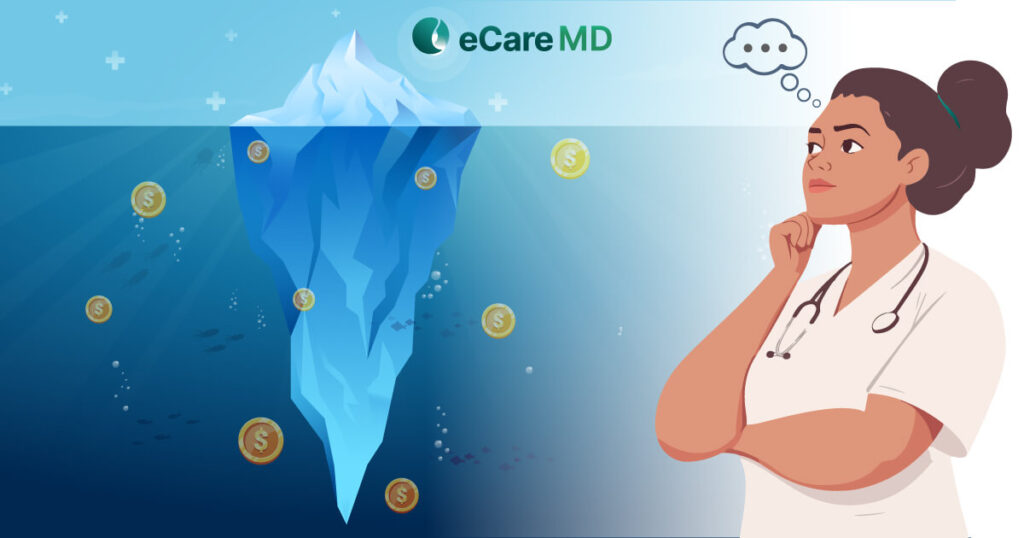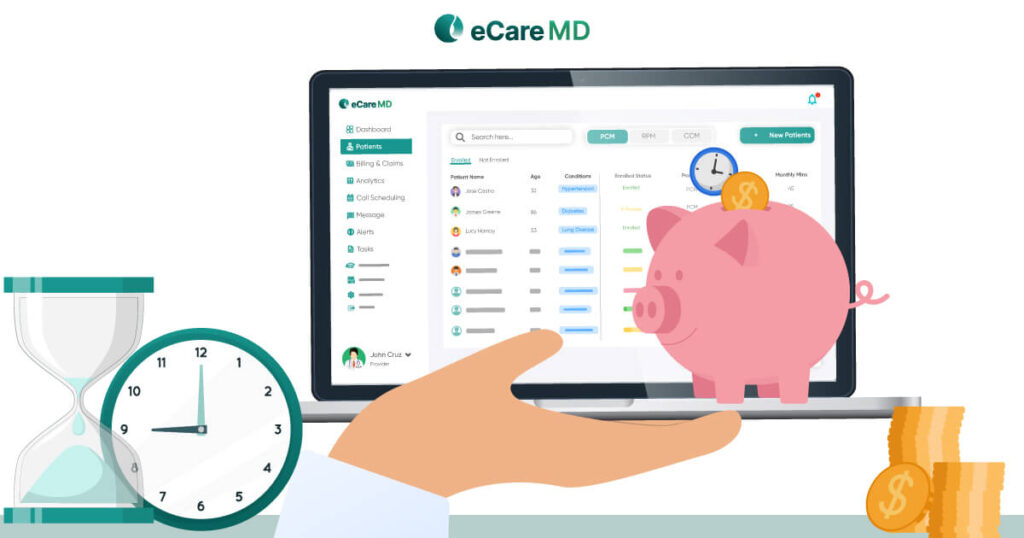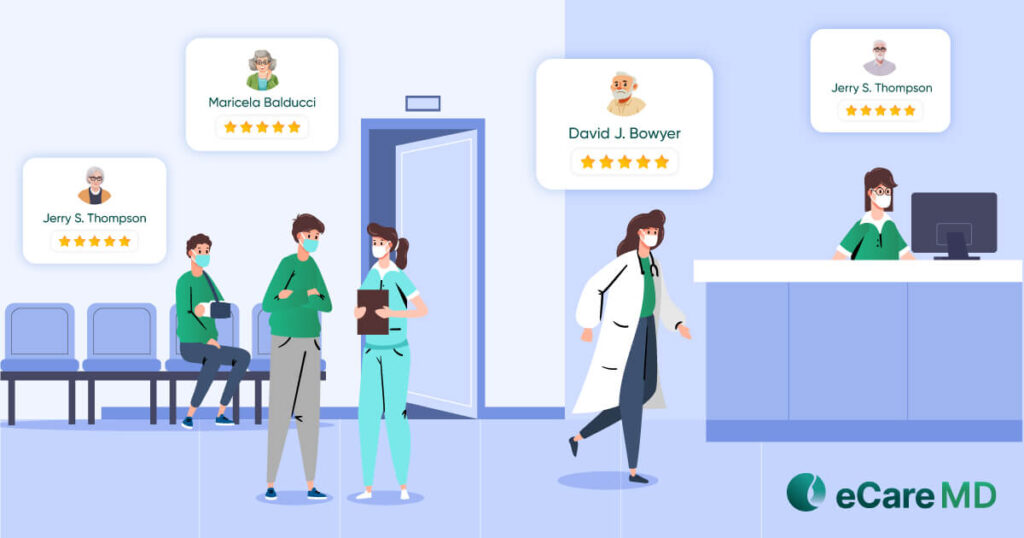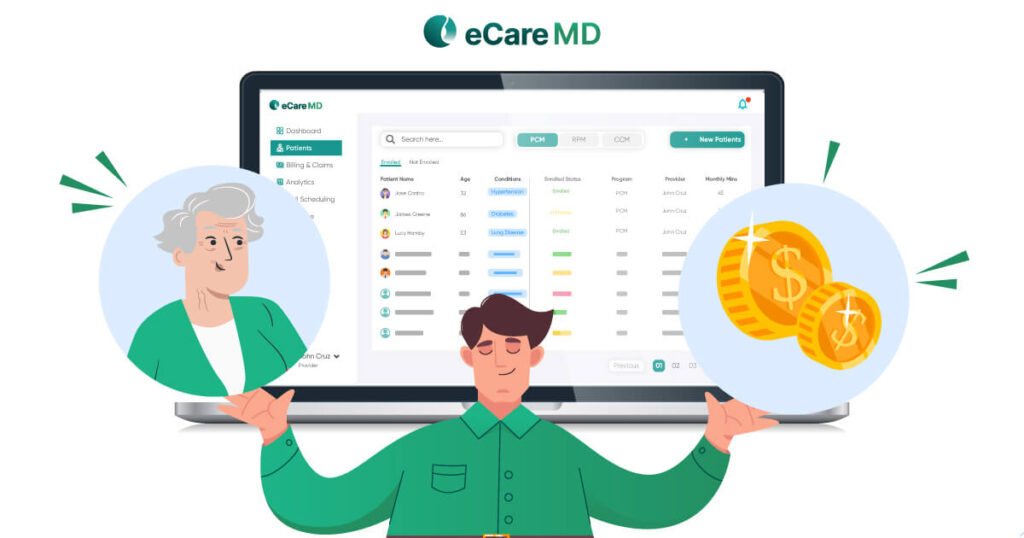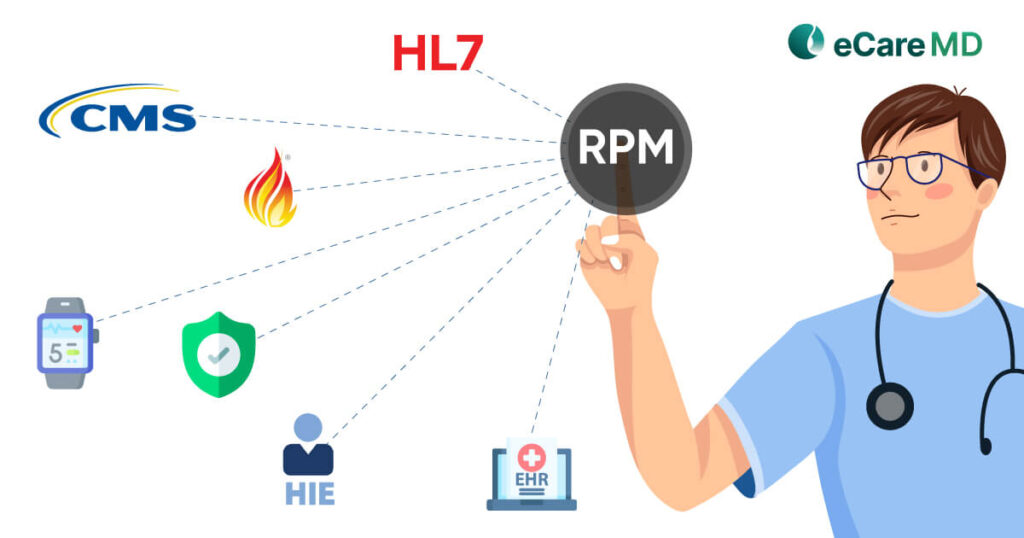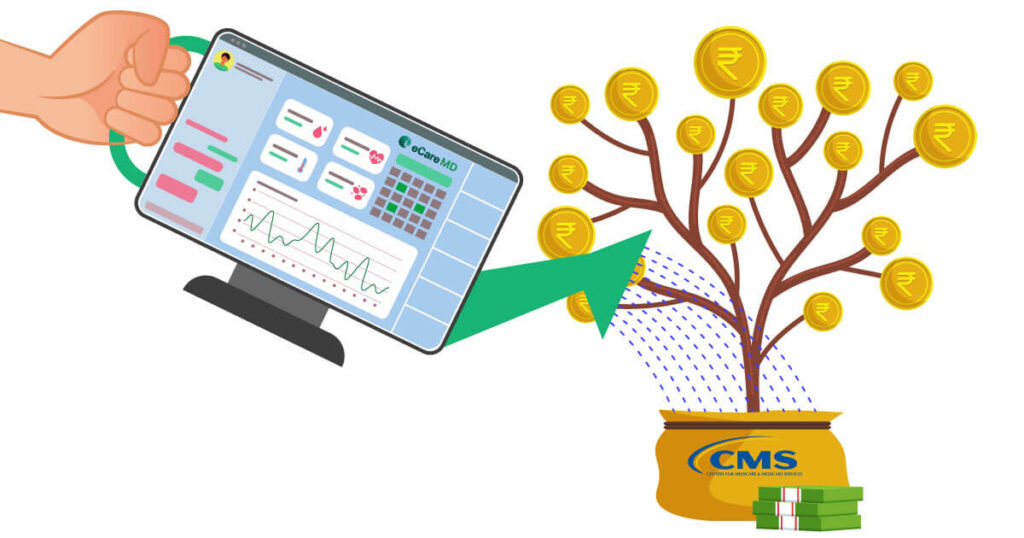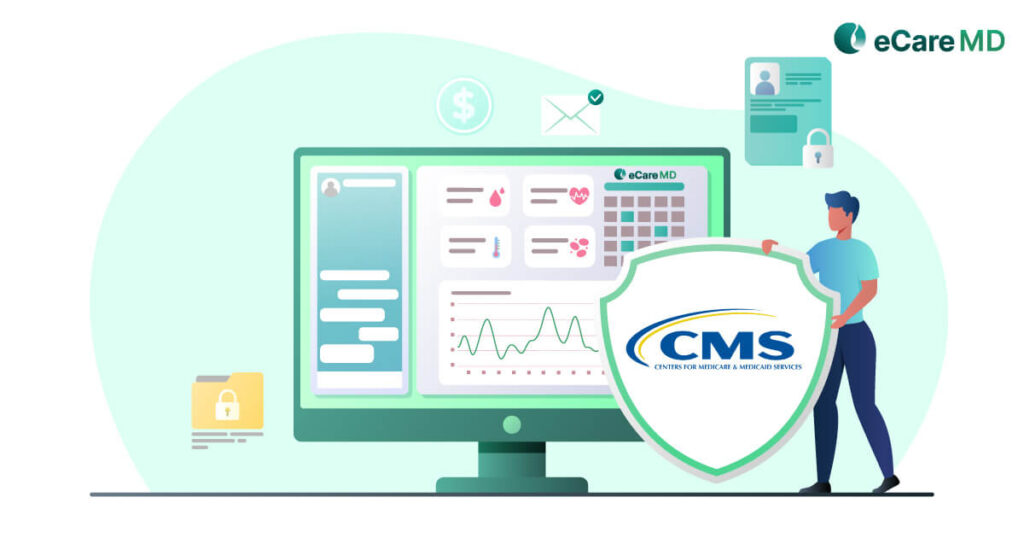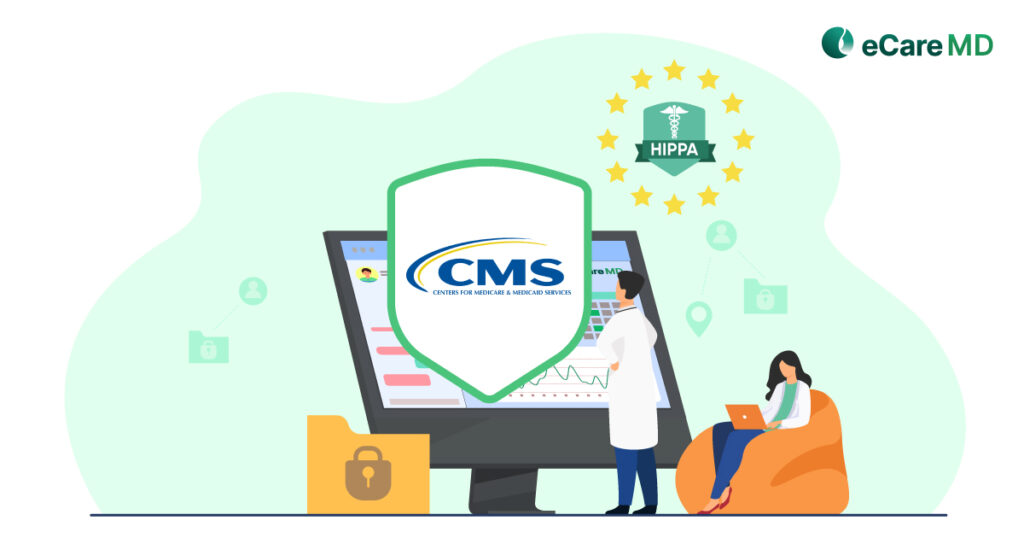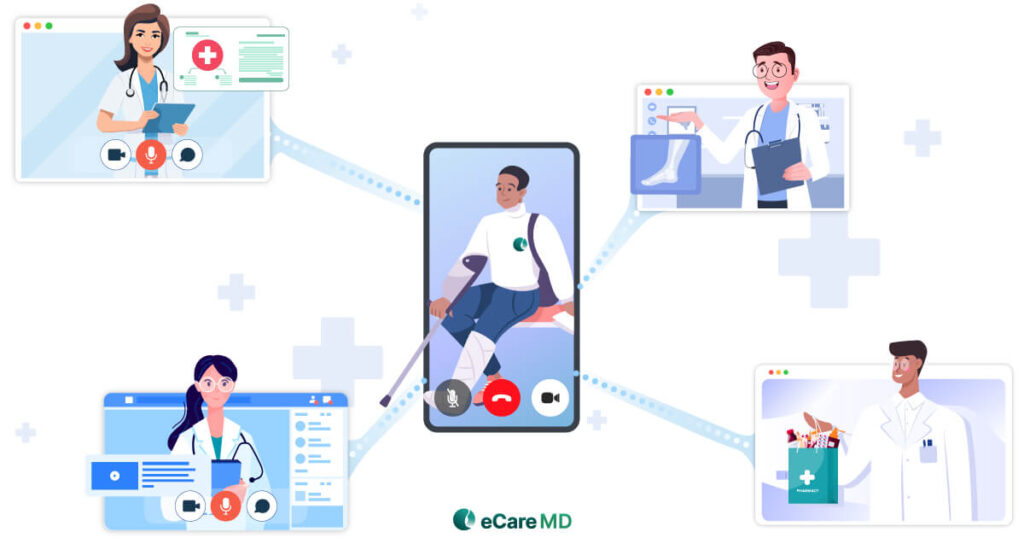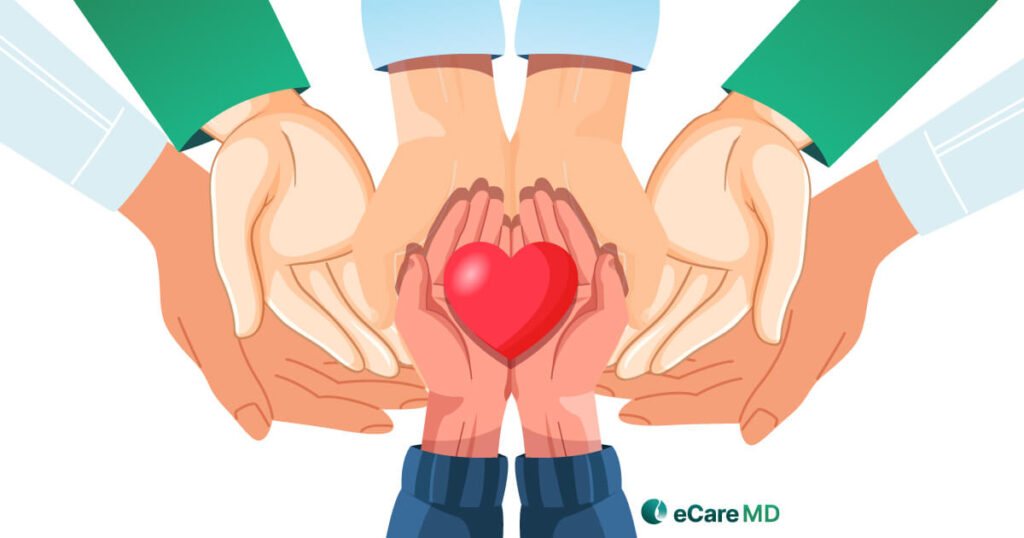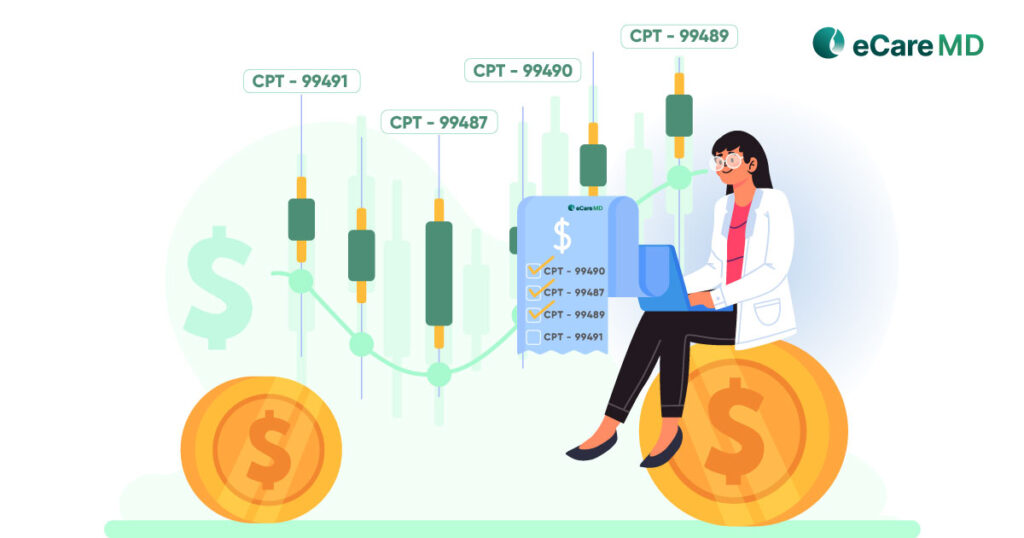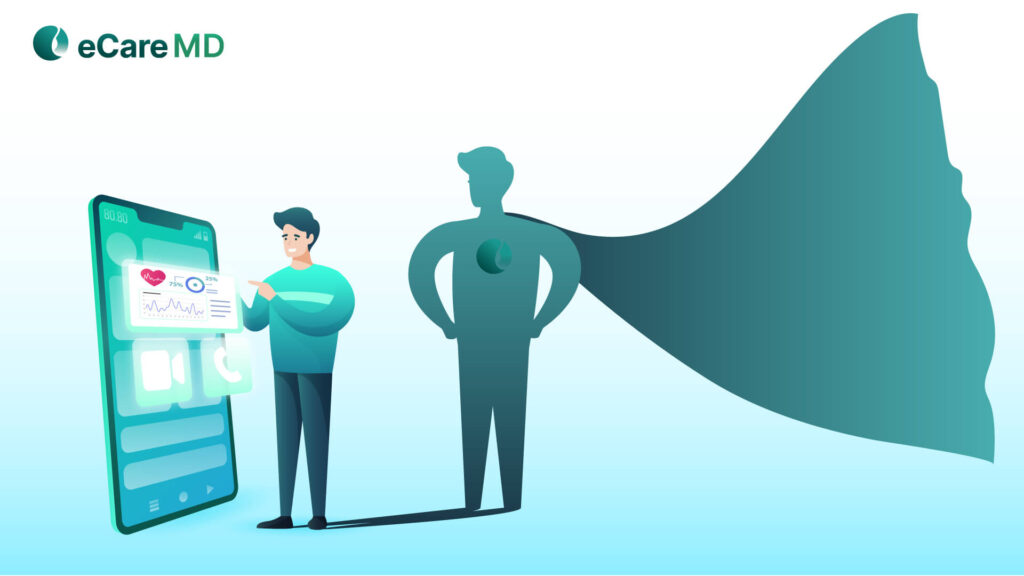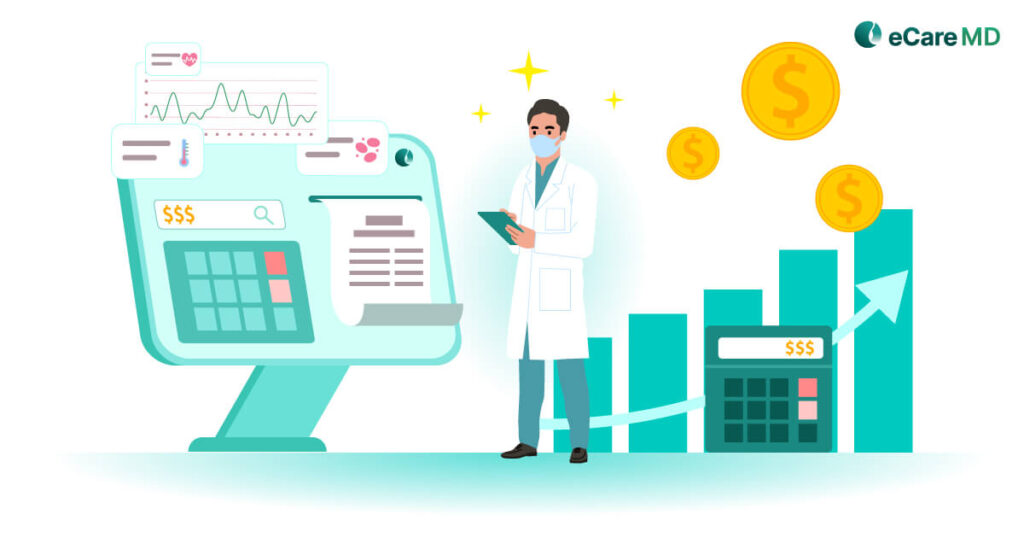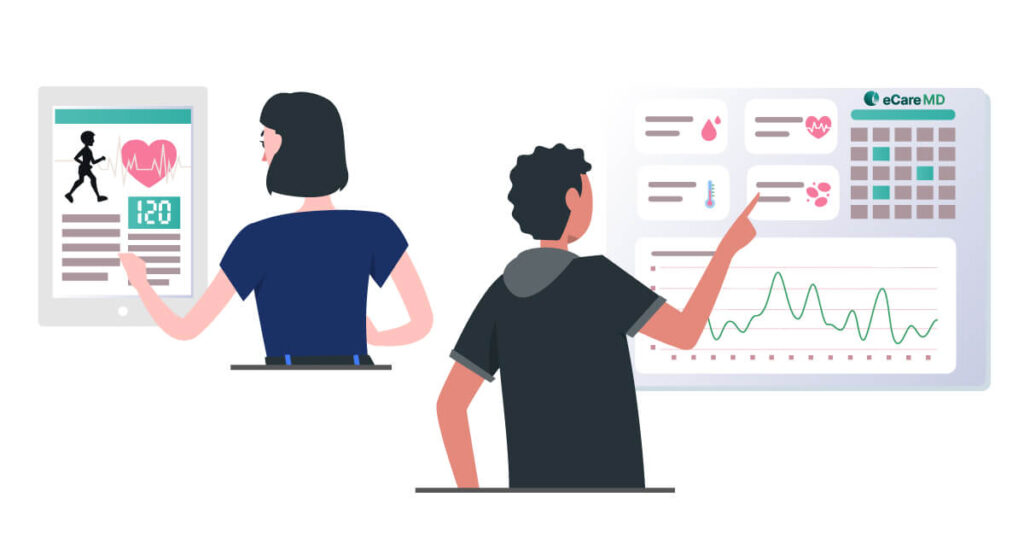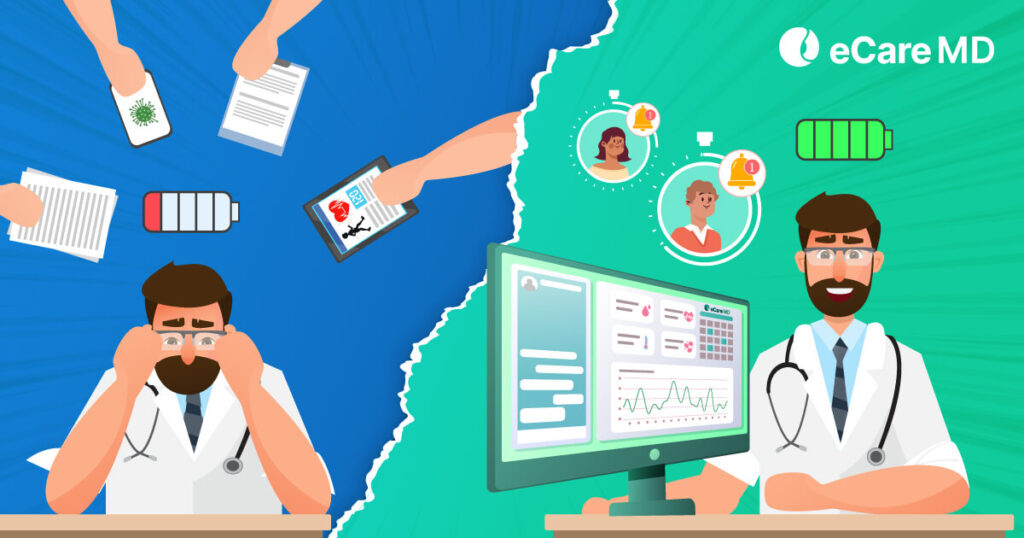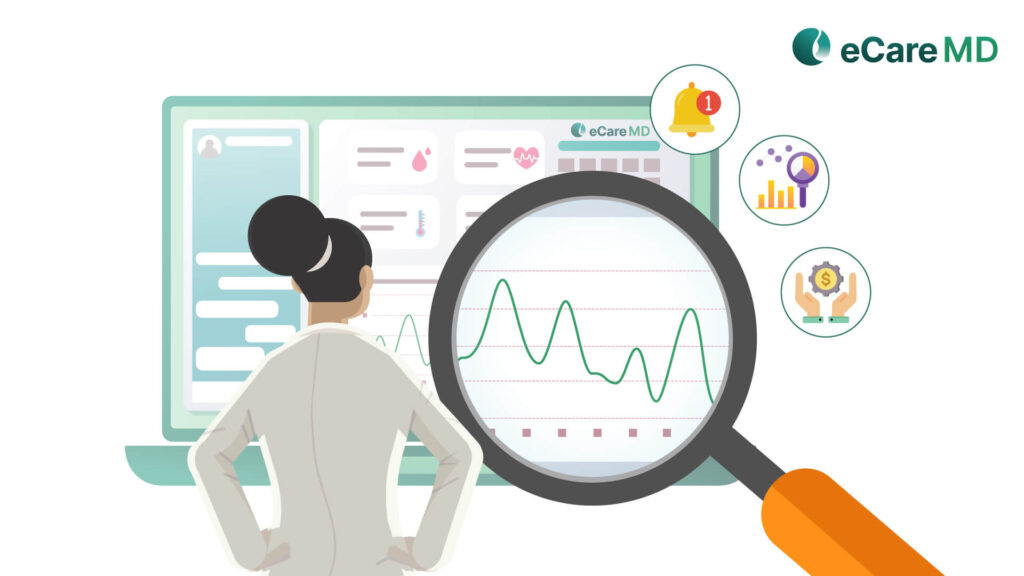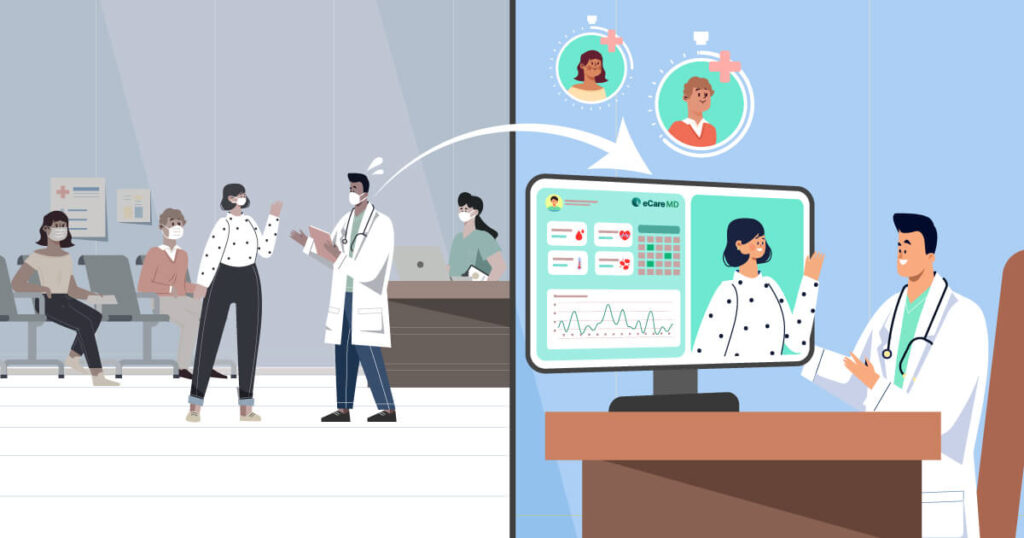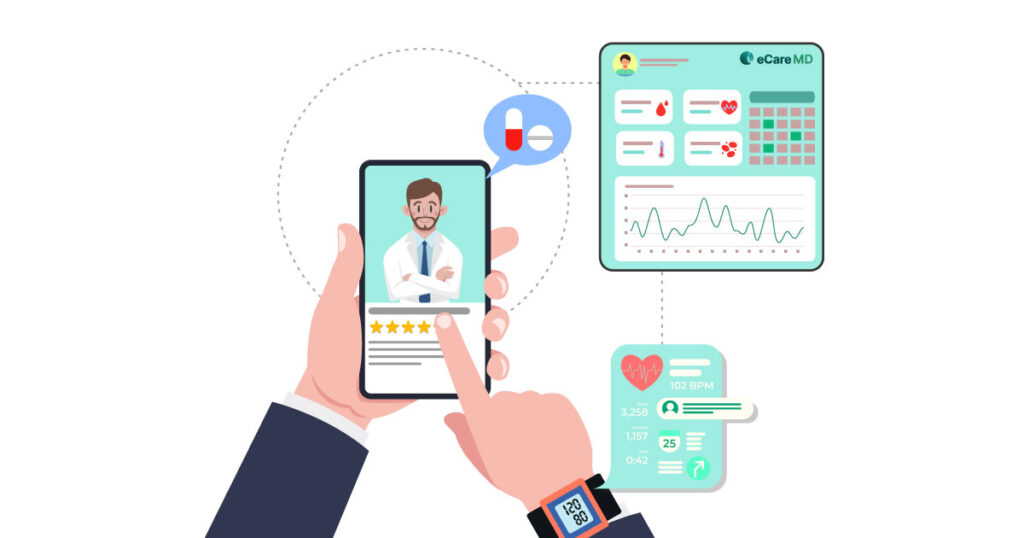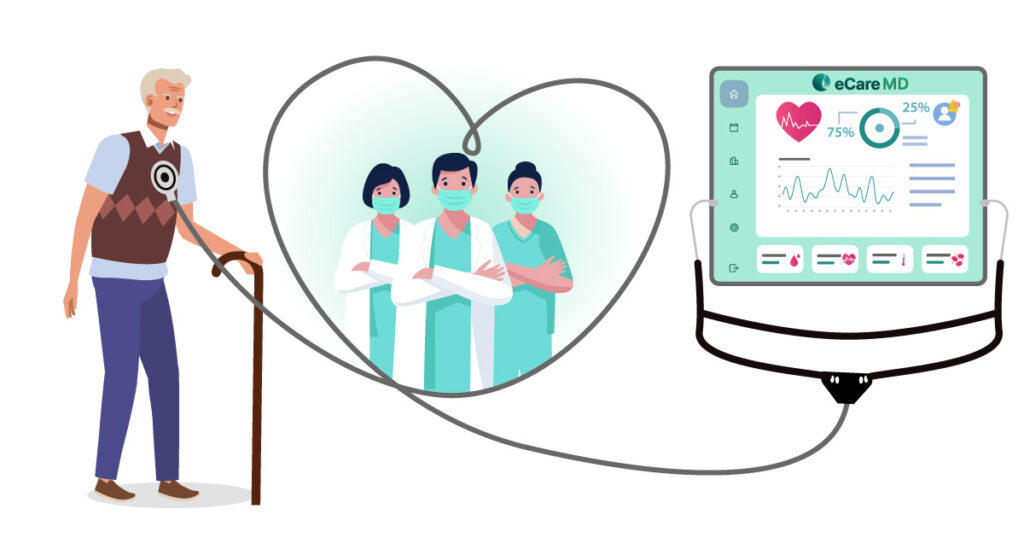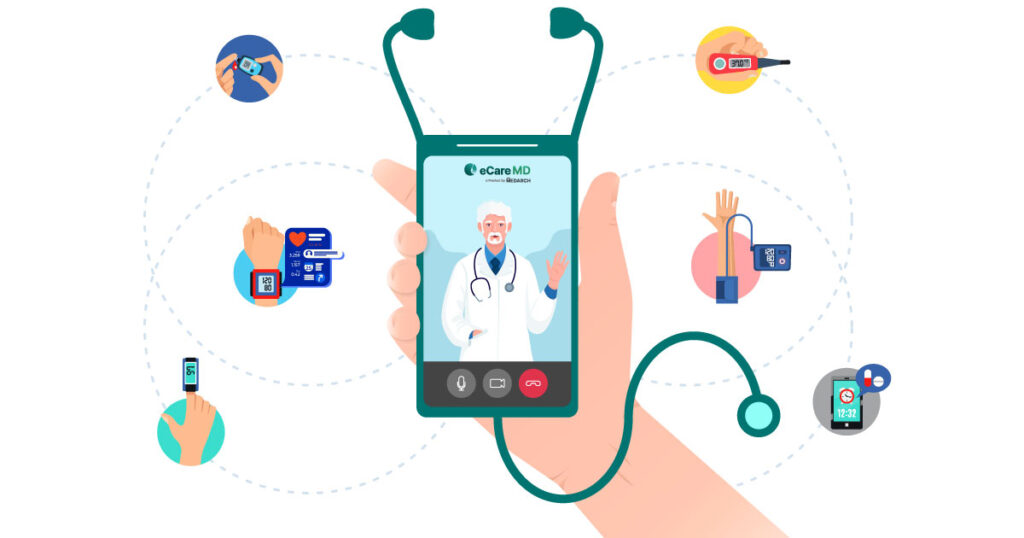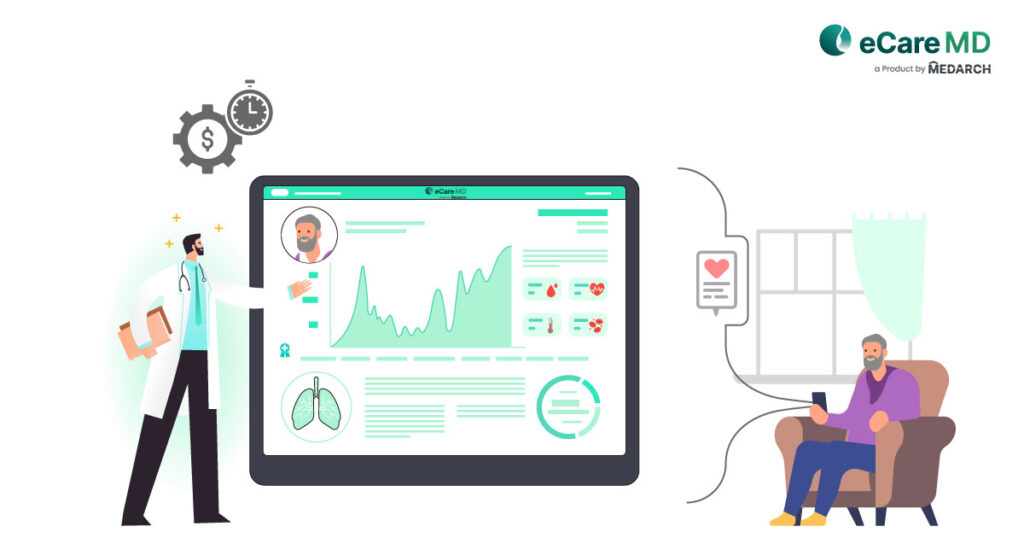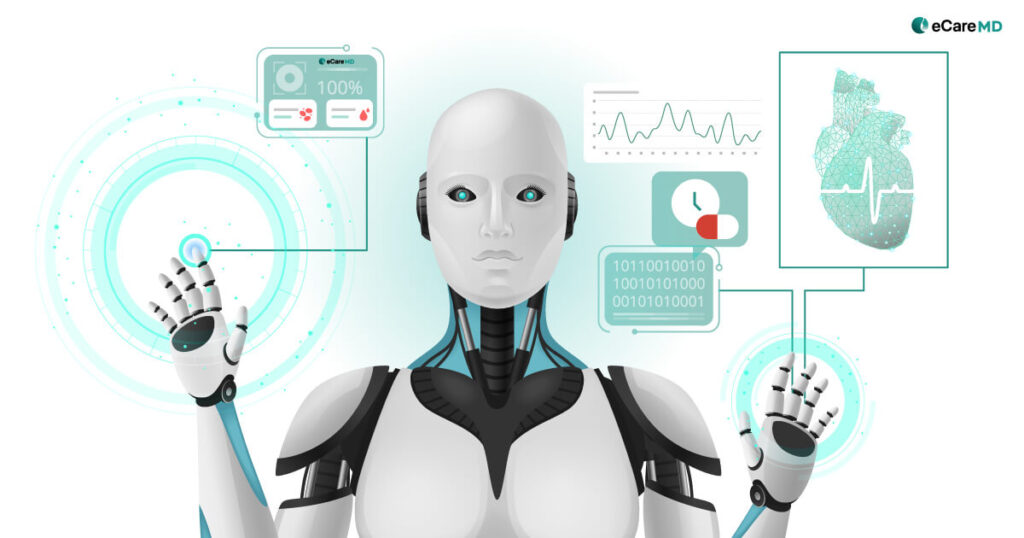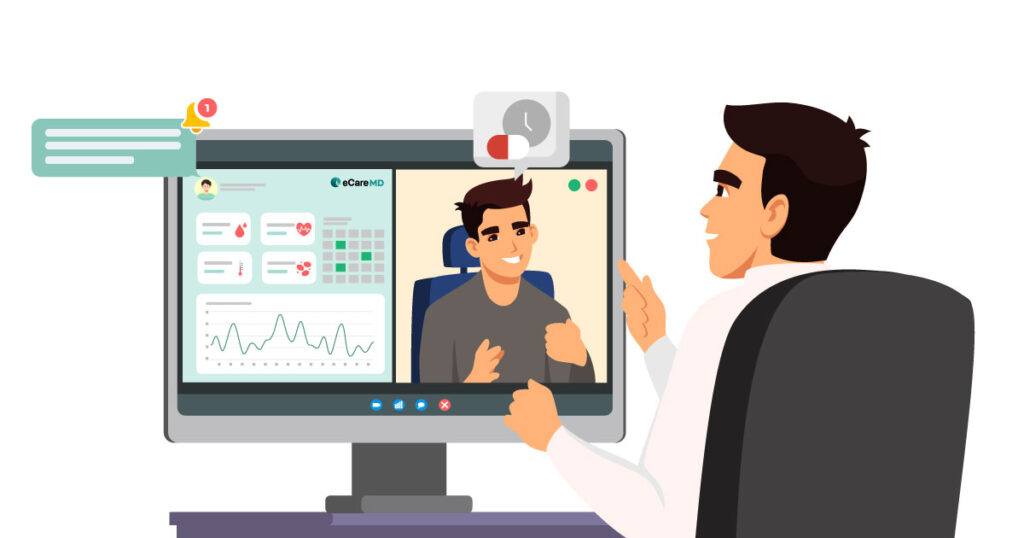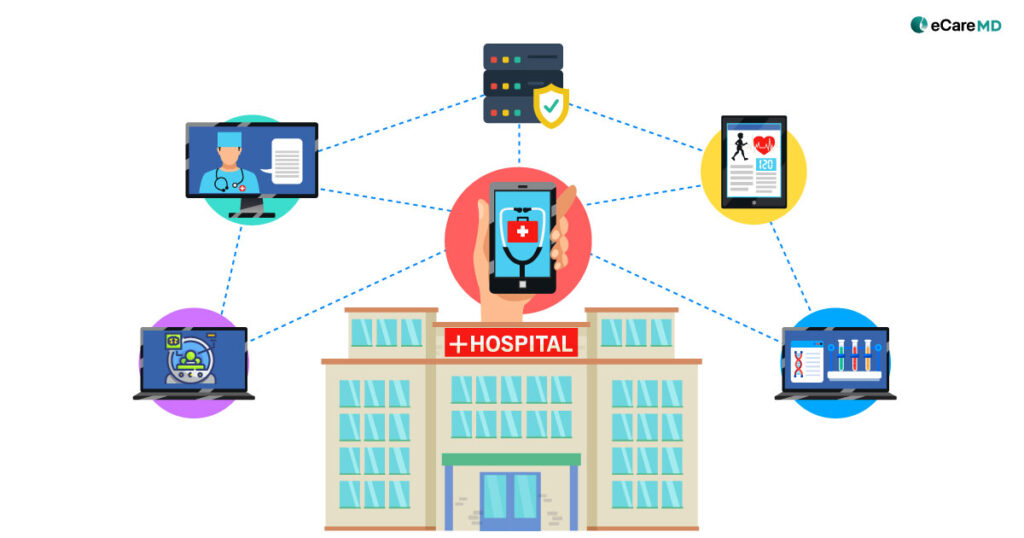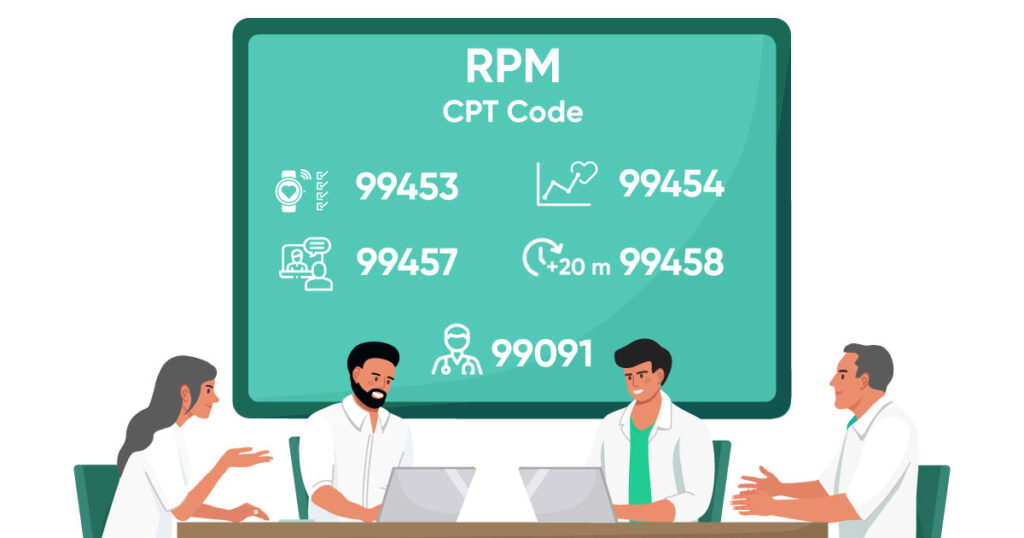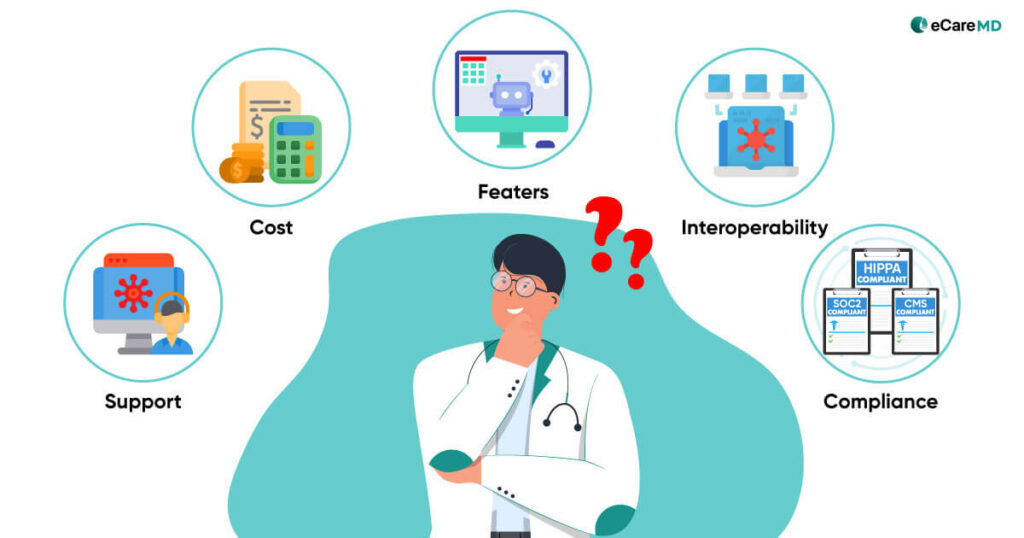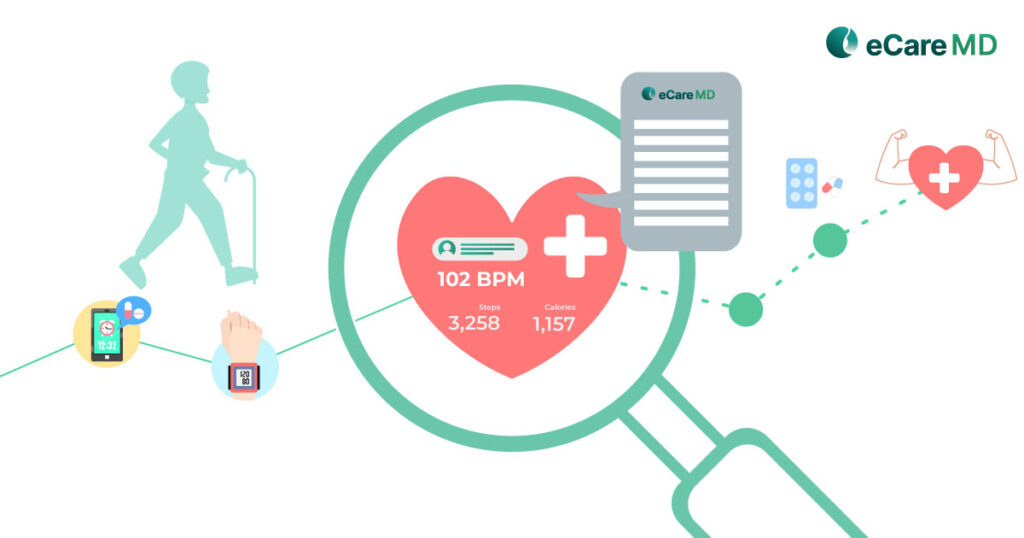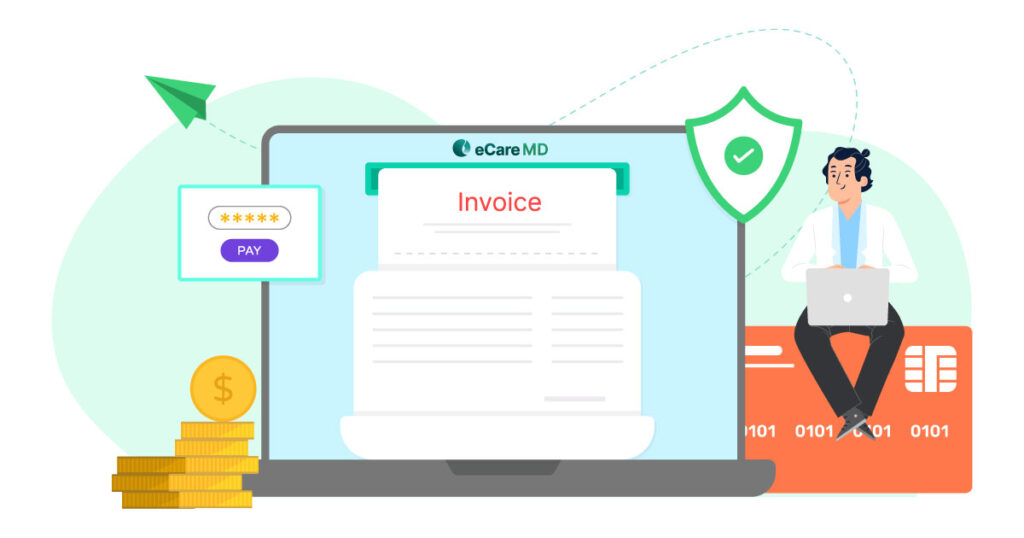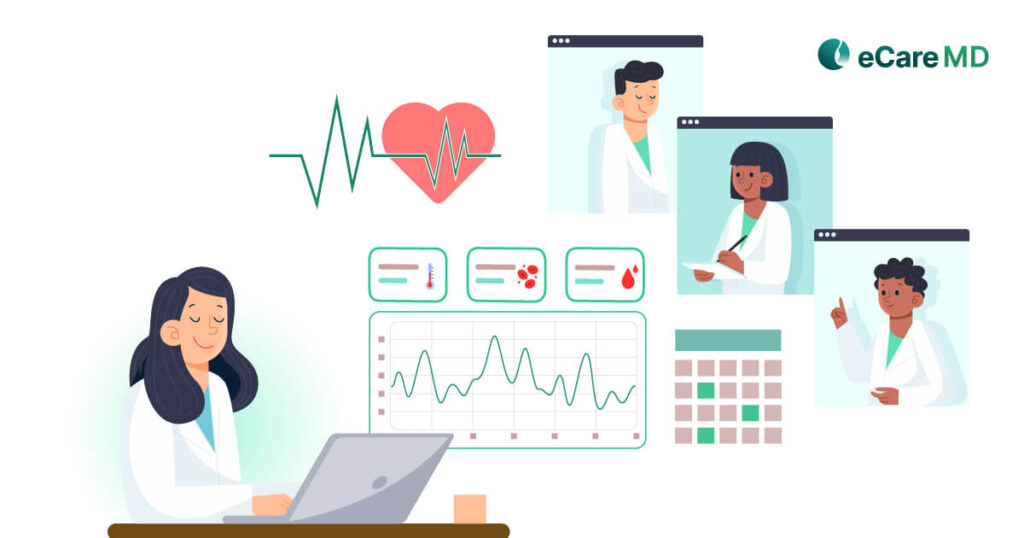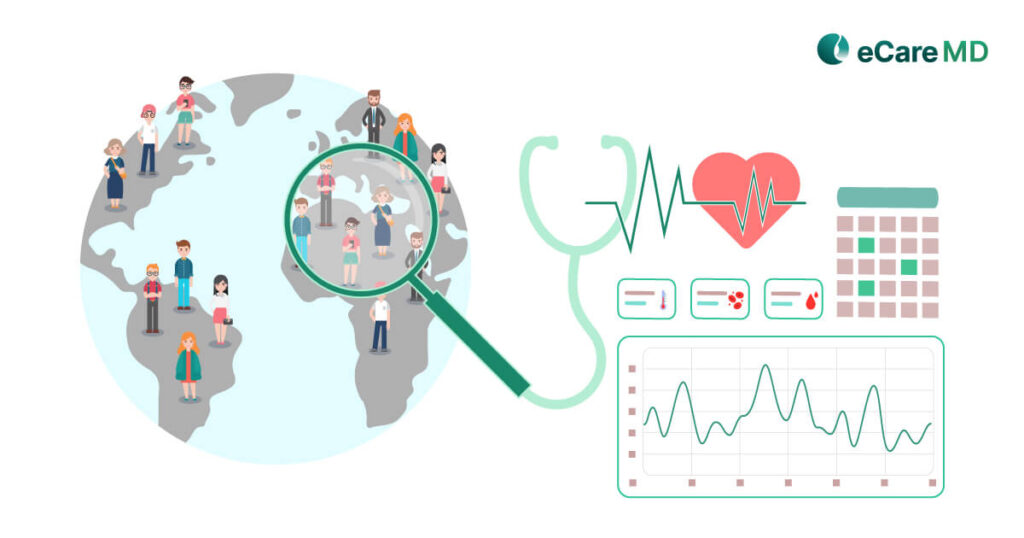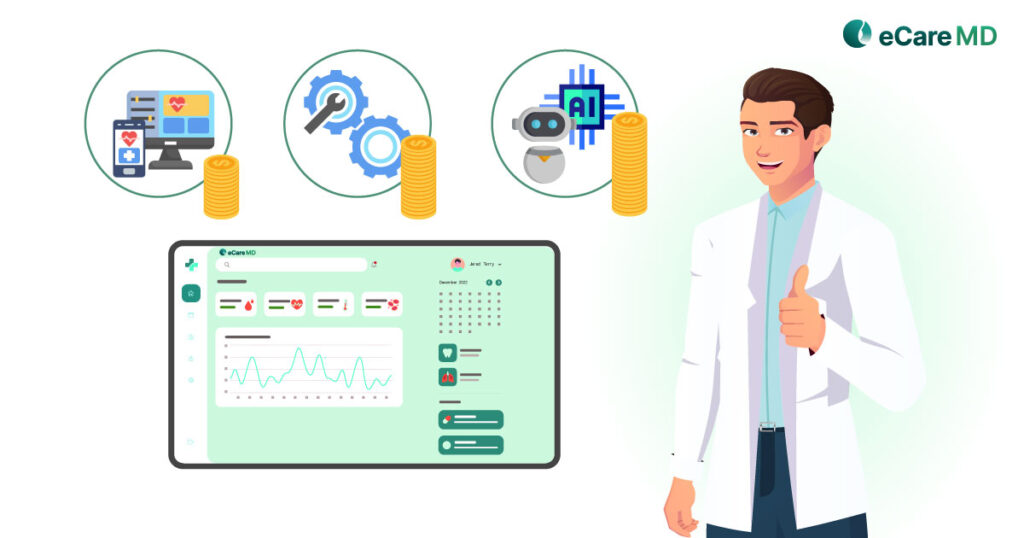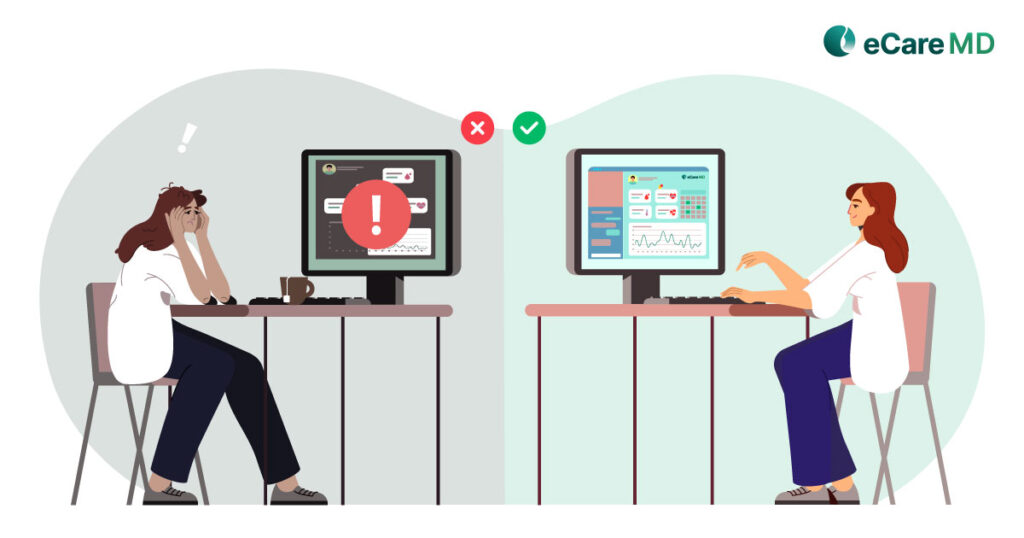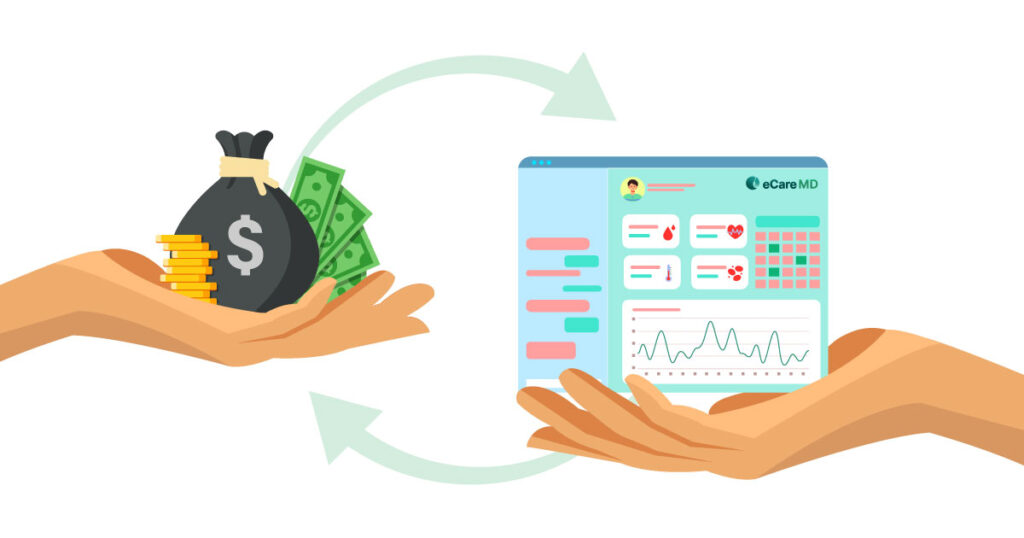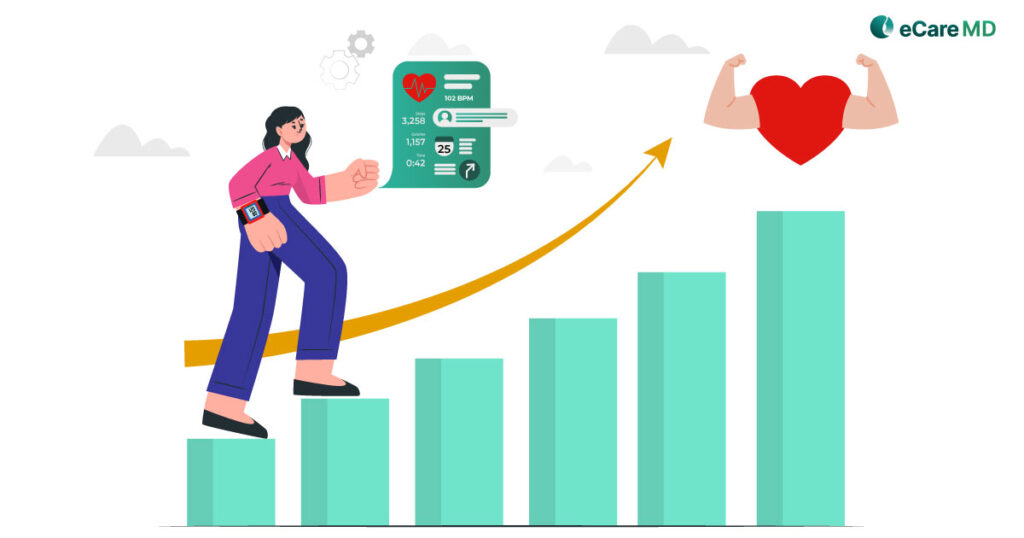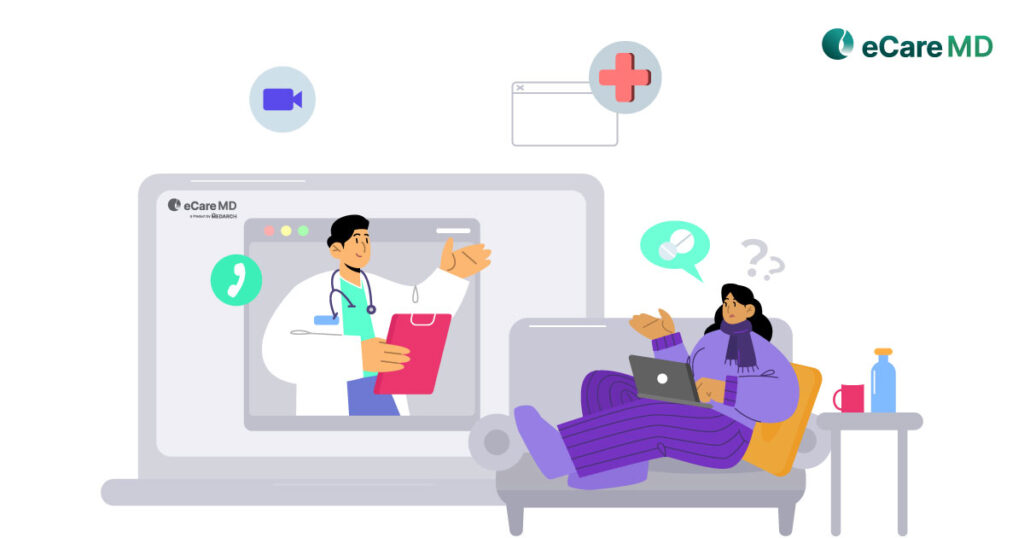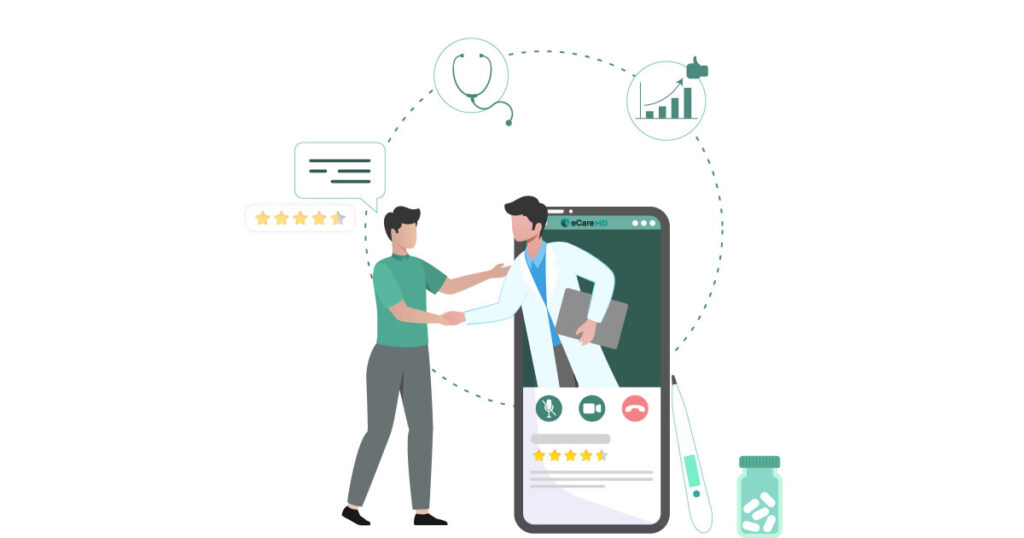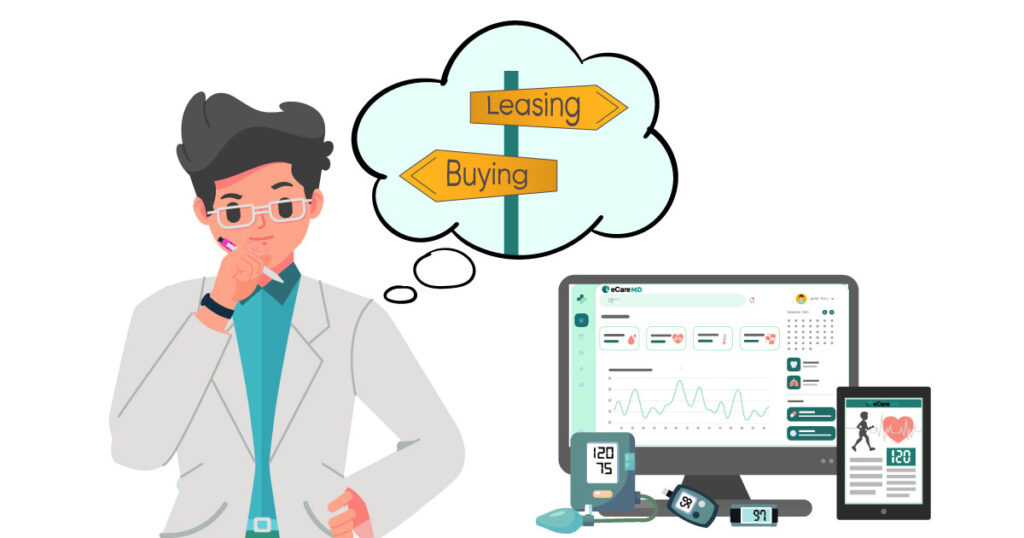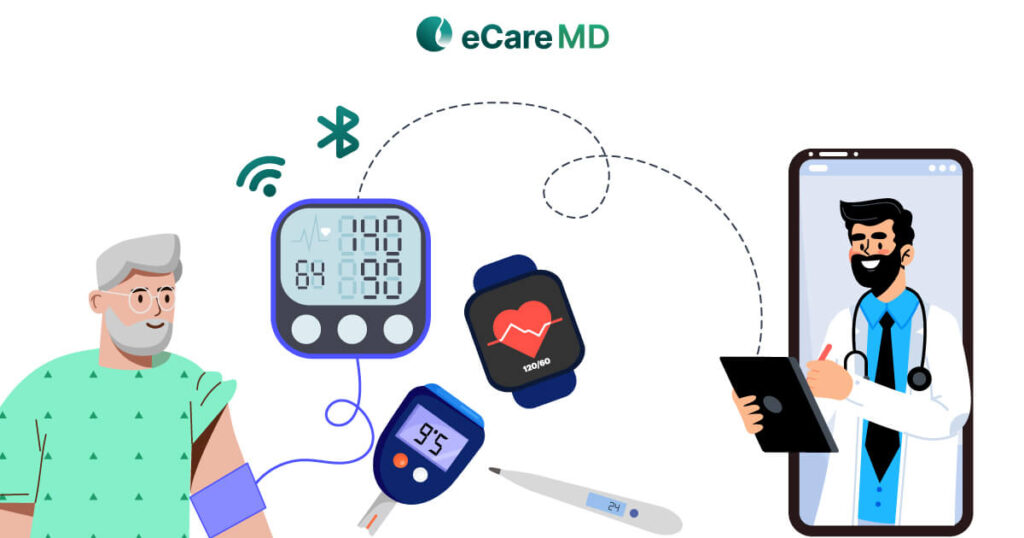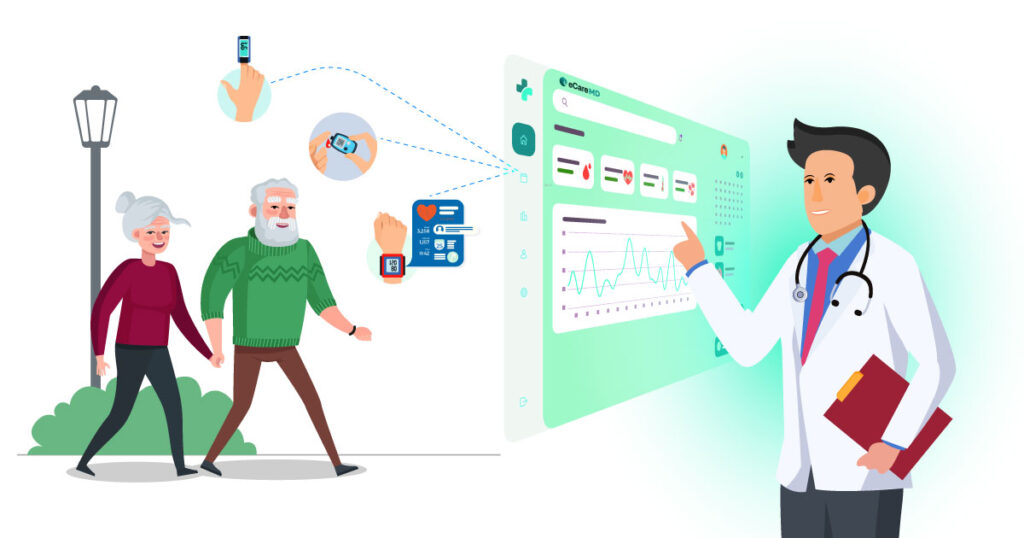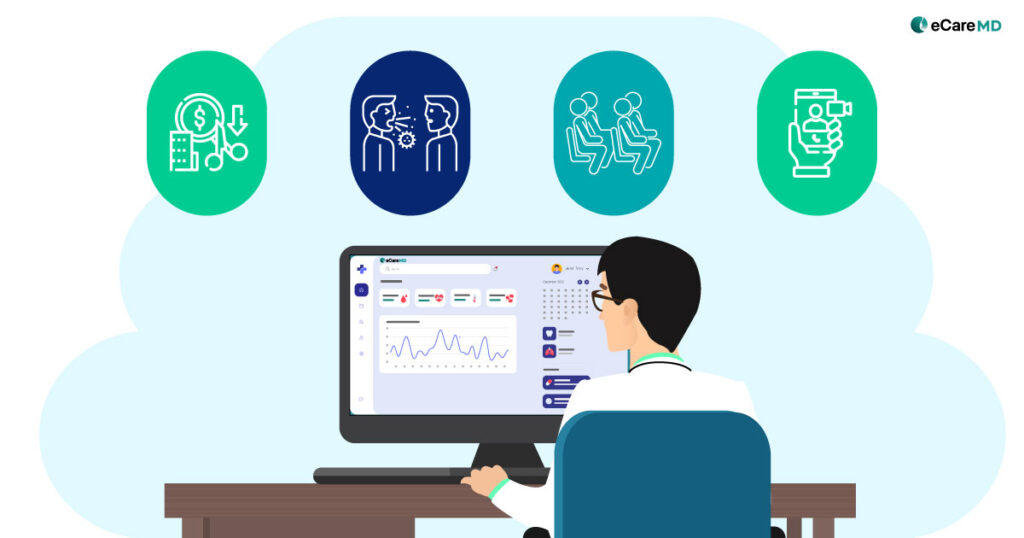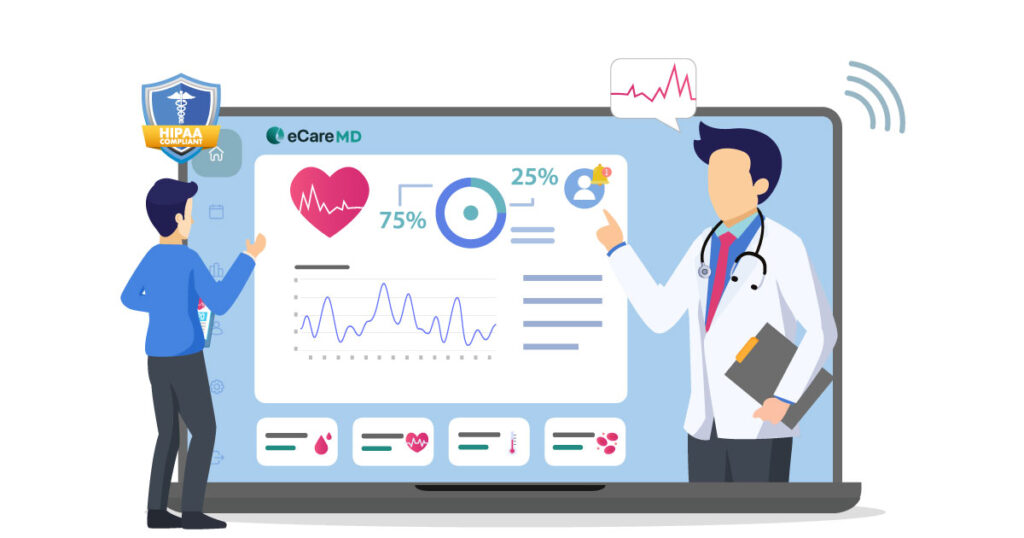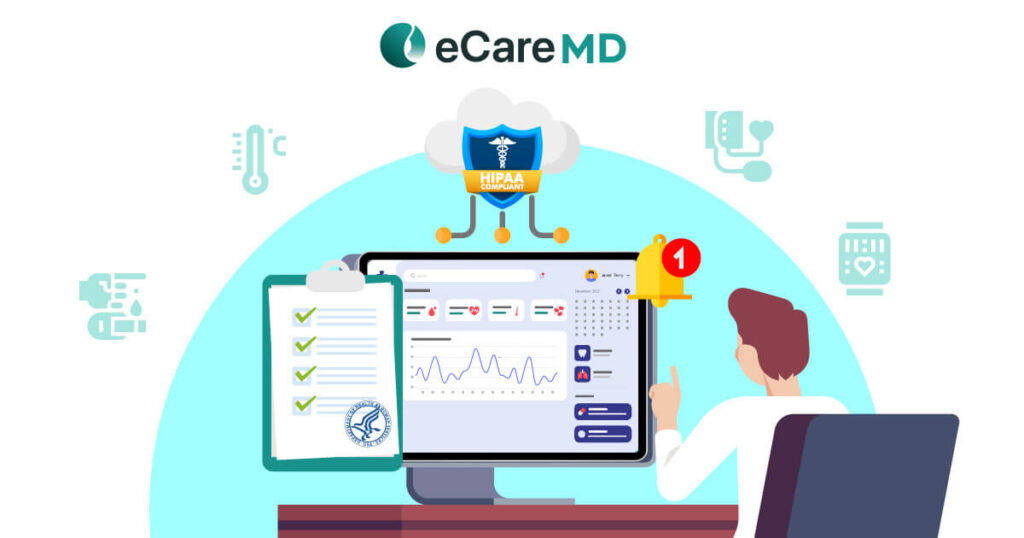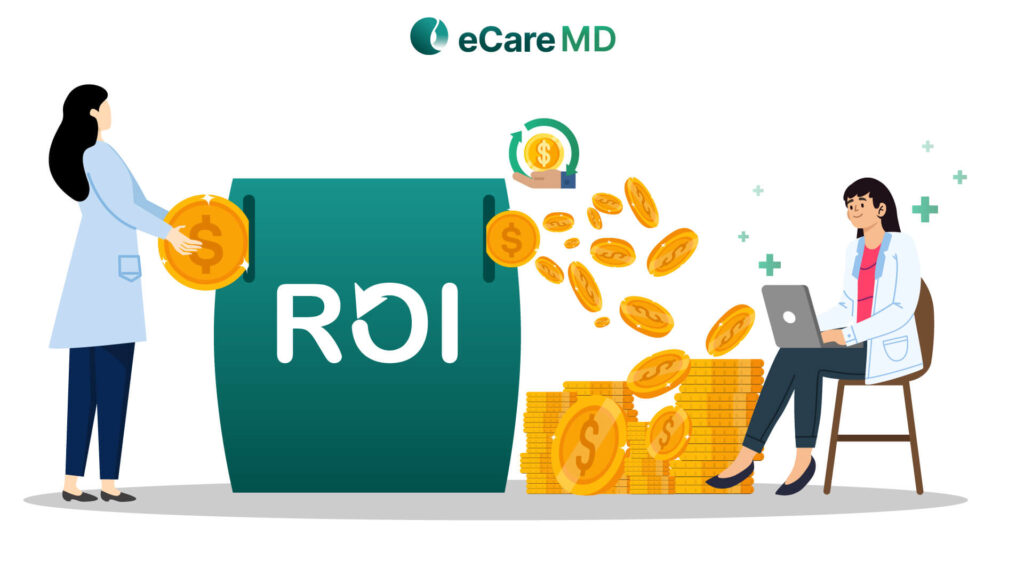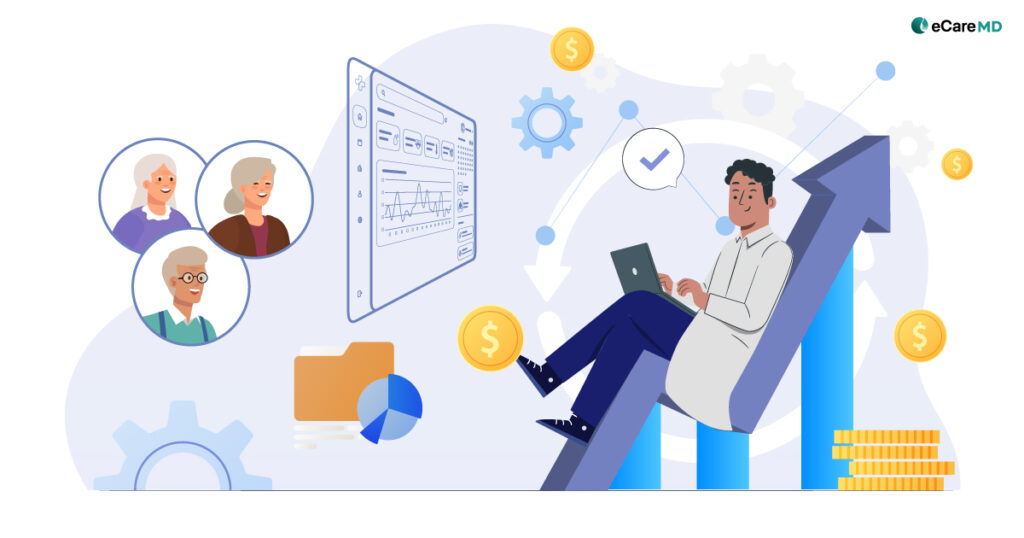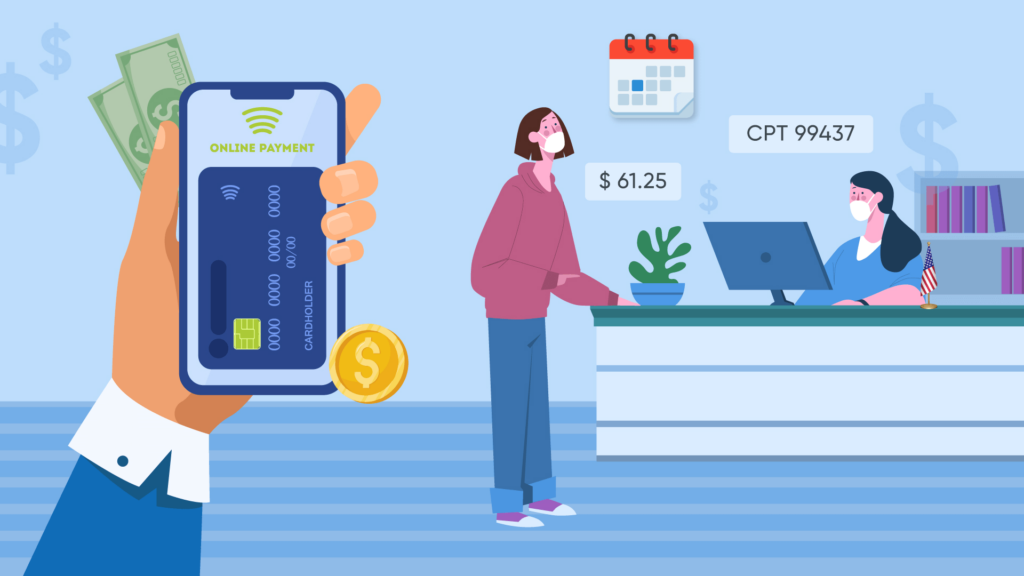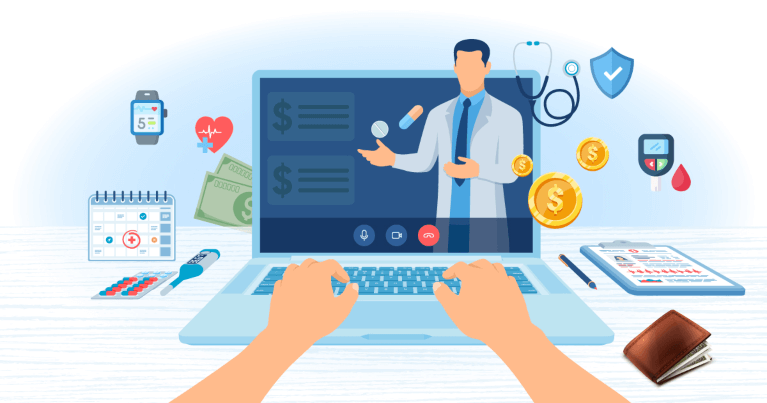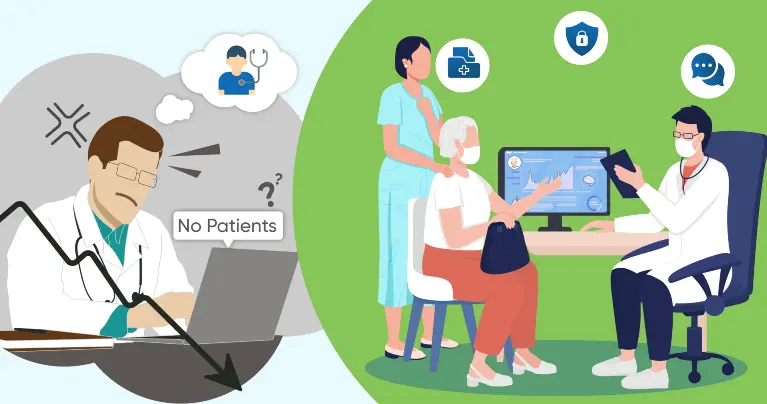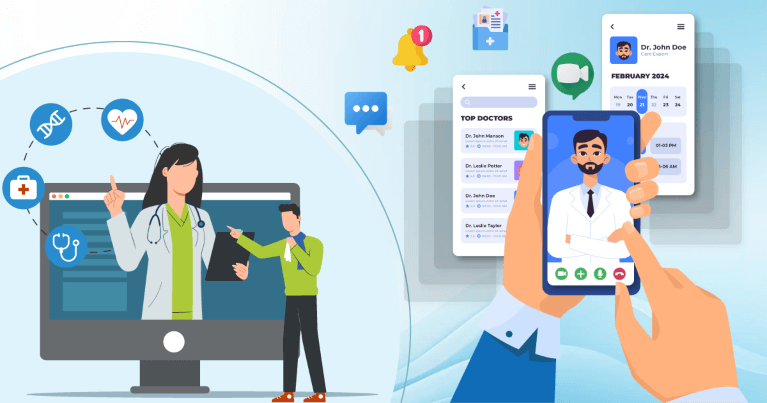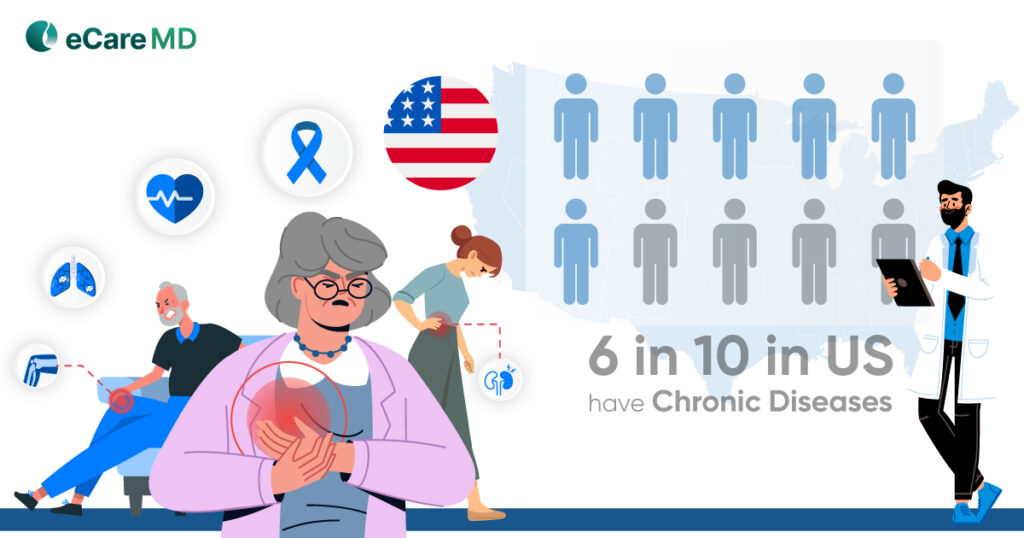If you find the missing connection between the two stats mentioned above, you can easily navigate through the changing healthcare landscape.
Having said that, the COVID-19 pandemic gave all of us the idea of pressure on the healthcare providers. The first statistic mentioned above further explains the rising burden on healthcare professionals.
But moving forward, what does the future of RPM technology hold for the healthcare?
Well, let’s uncover the future of healthcare delivery with CMS RPM program and how RPM can improve patient outcomes!
The current landscape of healthcare in the United States is in the transition stage from traditional practice to digital practice. The traditional models of healthcare delivery were reactive in nature and focused on total patient care.
In this model, various factors like geographical location, travel, and other factors proved to be the obstacles to accessing care. On the other hand, it was heavily dependent on the physical availability of the patient and provider for diagnosis and treatment.
The traditional models posed several challenges to access to care and limited the existing system to focus on physical care practices. Furthermore, the manual administrative work and overutilization of services overloaded the healthcare staff. This also contributed to the widening communication gaps in care delivery, which reduced patient engagement.
All this combined projected an unorganized overview of healthcare delivery. This demanded a need for innovative solutions like Remote Patient Monitoring to improve accessibility, affordability, and credibility of the healthcare industry.
Remote patient monitoring (RPM) has been a part of the healthcare industry for at least a century now. Some of the earliest uses of RPM can be traced back to the 1870s when telegraphs were used to transmit heart sounds for diagnosis.
Moving ahead with innovation in communication and connectivity, the timeline from 1950 to 1980 defined remote monitoring and remote care delivery. However, the introduction of the internet changed the game in the 1990s, and since the 2000s, the advancements in wireless technology brought RPM into the mainstream.
Technology has been used in healthcare for years now, but remote monitoring requires infrastructure and an ecosystem for sustainability. The trust factor of providers and patients also affected the credibility of RPM solutions to enter the mainstream.
However, to deal with the rising burden and healthcare costs, the Centers for Medicare and Medicaid Services (CMS) 2015 introduced the CCM program, bringing remote patient monitoring to the mainstream. Ever since then, the CMS RPM program has become an integral part of modern-day healthcare practices.
The inclusion of CMS RPM program allowed the healthcare providers to move from reactive care services to proactive care services. This shift in the healthcare paradigm towards patient-centric care proved to be pivotal in giving patients more freedom to access care.
But as we all know, the healthcare innovations in CMS RPM defined the current landscape of healthcare practices. Some of the key innovations in RPM include:
The Internet of Things, better known as IoT, changed the world around us, and we can now see that almost everywhere. The forefront of this is wearable technology, which drove the advancements in technology that drove innovations in CMS RPM program. With the introduction of wearable technology, patients and providers were able to monitor patient vitals accurately and remotely.
Access to accurate real-time patient data with wearable technology proved to be the USP for CMS in starting the CCM program for chronic disease management. It also enabled continuous monitoring, which further enhanced timely intervention and contributed significantly to improving patient health outcomes.
The integration of telehealth platforms in CMS RPM program bridged the gap of accessibility in today’s healthcare ecosystem. Telehealth integration with real-time access to patient data enhanced virtual consultations. This enabled providers to monitor patients’ health in real-time and enhanced remote care delivery in real-time.
Recently, the world has been taken by storm by AI and machine learning. One of its applications in RPM played a crucial role in the swift shift from reactive to proactive healthcare practices. Predictive analytics with AI and ML in CMS RPM program enables providers to intervene early before the situation escalates.
Along with that, with data accuracy and an overview of patient health, AI and ML are today helping providers in curating personalized treatment plans based on data analysis.
Despite all this, one of the transformation healthcare innovations in CMS RPM has been its integration with EHRs. This allowed the seamless exchange of data across healthcare systems on demand.
Giving the patients a complete picture of their data in one place improved care coordination between care providers, allowing them to work towards one goal. Along with this, it directly contributed to the efficiency of the healthcare practice.
The major advantage that RPM solutions bring to CMS initiatives is that they allow healthcare practices to move from being reactive to proactive. Furthermore, it keeps the patient at the center while providing care services. Here are some of the most prominent benefits of RPM in CMS programs:
1. Improved Patient Outcomes: RPM enables continuous monitoring of patients, which makes it easy for providers to detect, address, and treat patients’ health issues in real-time. This alone contributes to personalized care services and better management, directly or indirectly helping providers to improve patient outcomes.
3. Enhanced Patient Engagement and Satisfaction: RPM deals with patient data and gives the patient more control of their health. Along with that, the interactive user interfaces and communication channels enhance patient engagement, which ultimately results in improved patient outcomes and satisfaction.
Future of RPM technology will define the future of healthcare technology, and innovations in CMS RPM will be the driving force behind that. With the integration of 5G technologies, the speed is expected to increase by 20 times faster than what is available today. Along with that, it will have a massive network capacity, removing the accessibility barrier in healthcare.
The current generation is tech-savvy, and the introduction of 5G technology will empower telehealth and remote care delivery to improve patient outcomes. Furthermore, the trend which is now picking up pace is remote monitoring of mental health. Innovations in CMS RPM with remote monitoring and secure and real-time communication will allow patients to focus more on their mental health, which is the latest trend in providing holistic care.
Furthermore, as governments across the world are promoting collaboration with technology solutions providers to drive innovation in the healthcare technology space, it will further enhance healthcare and remote monitoring to reduce the burden and cost.
